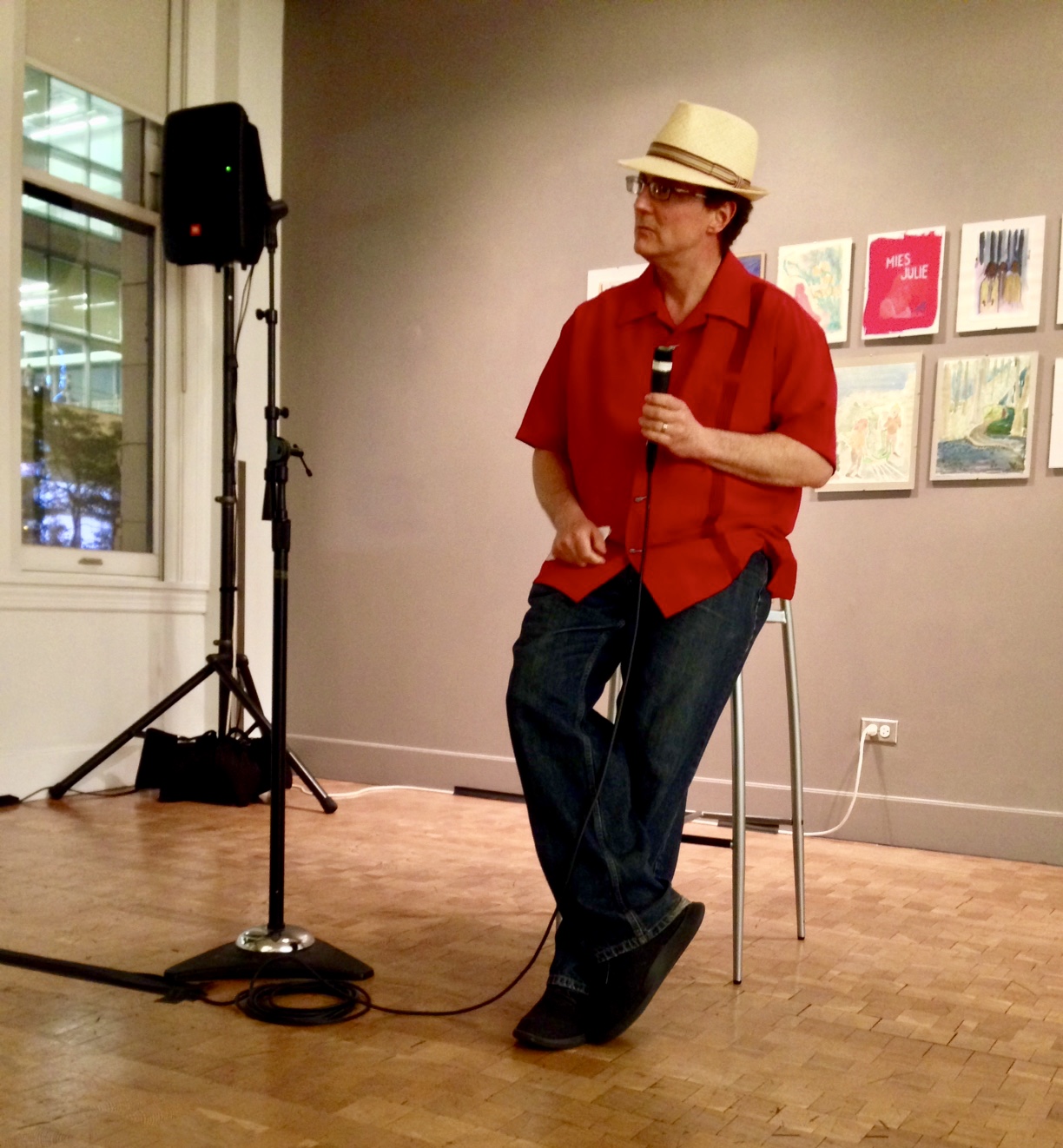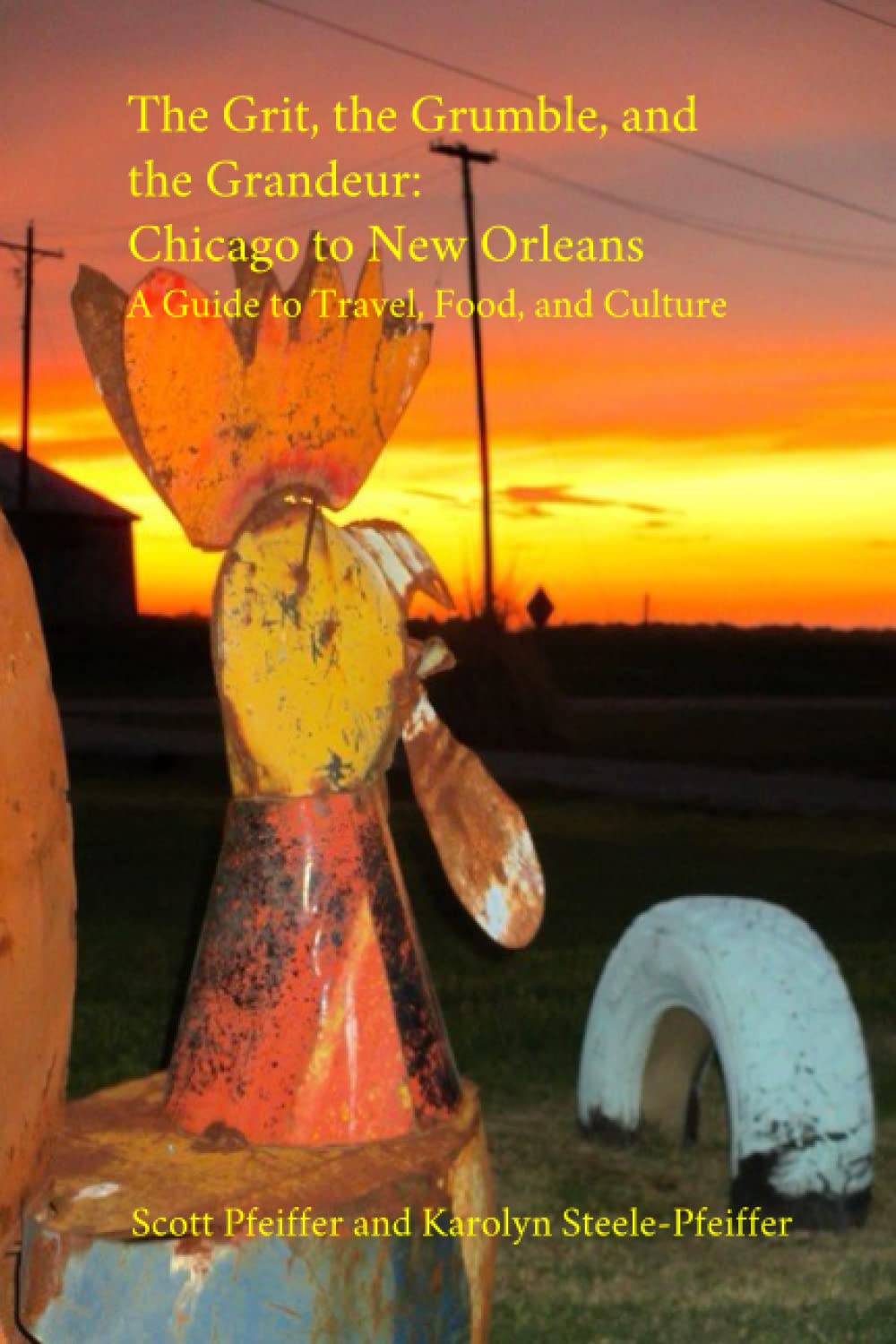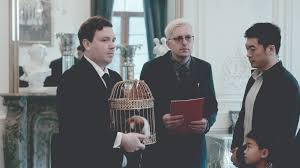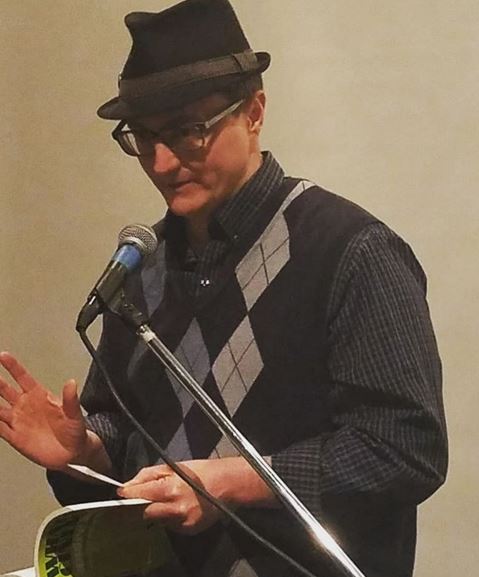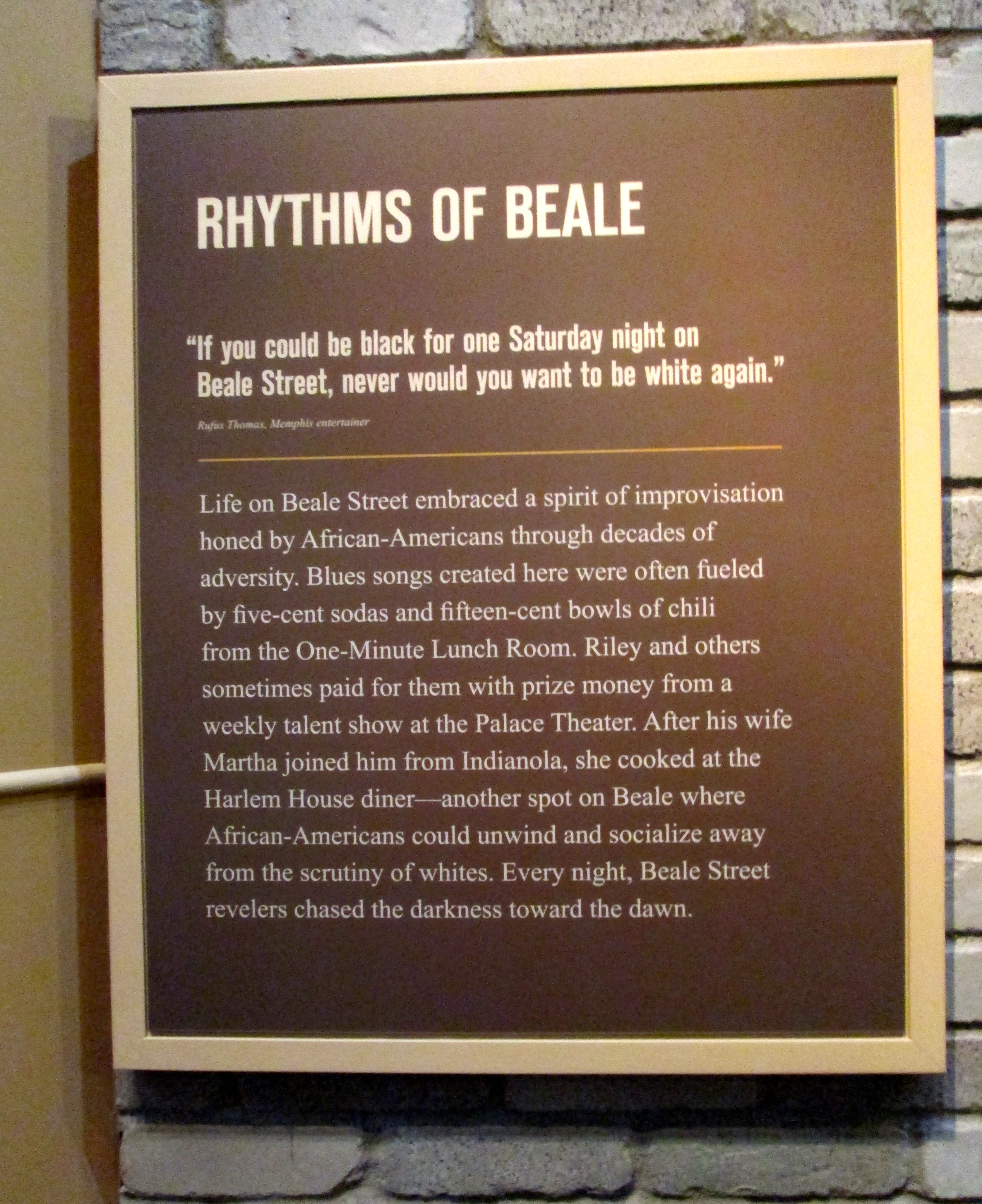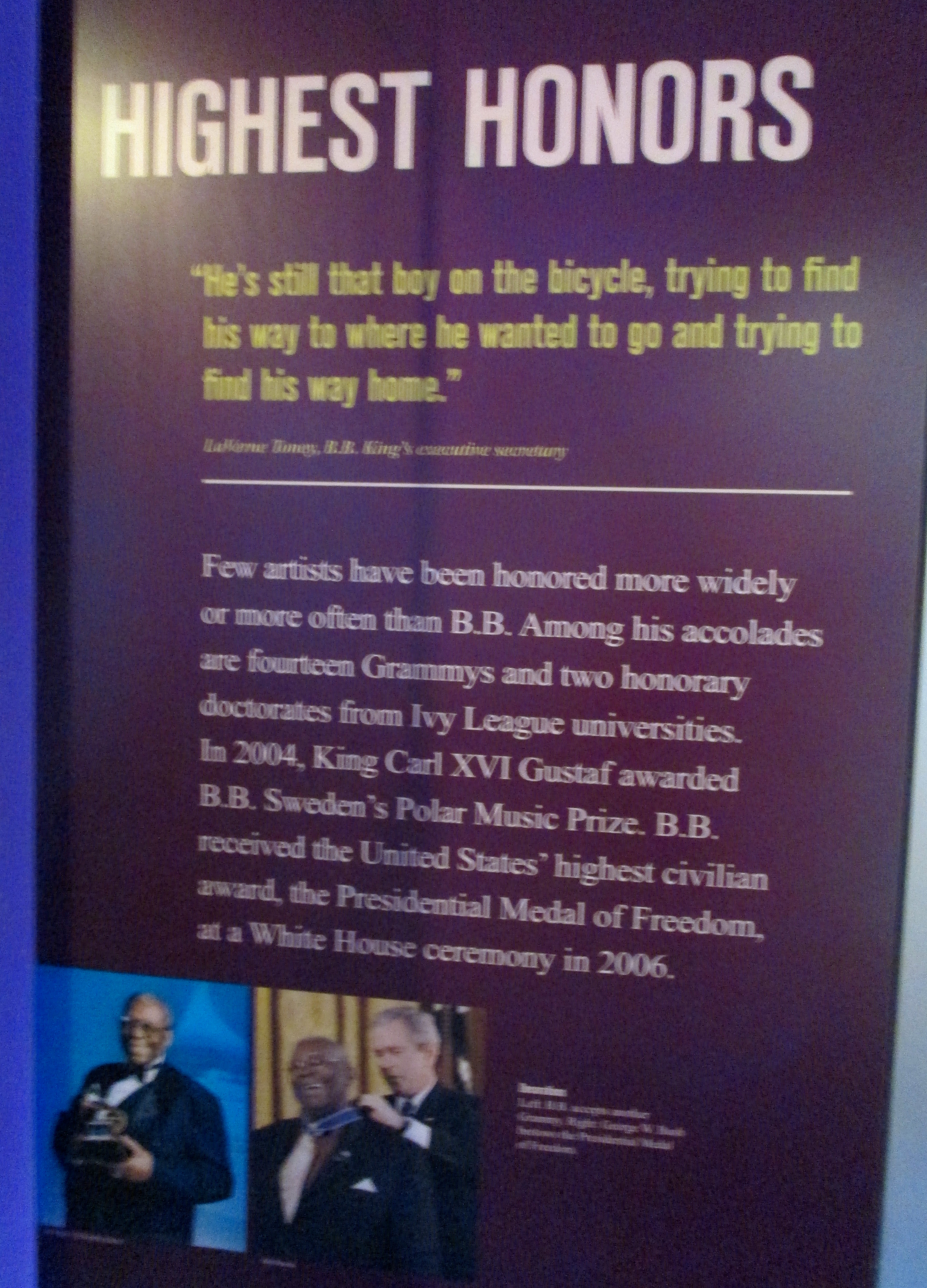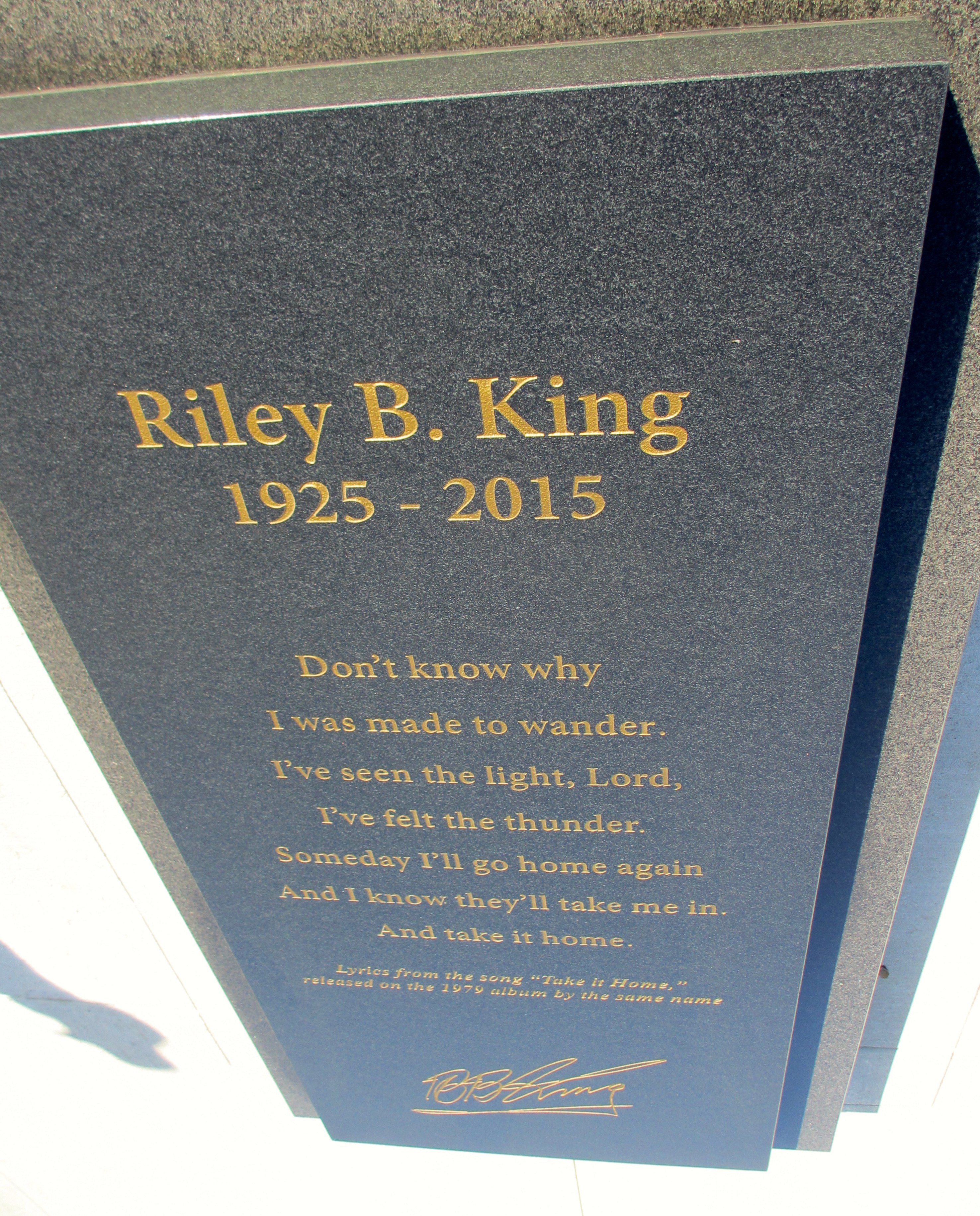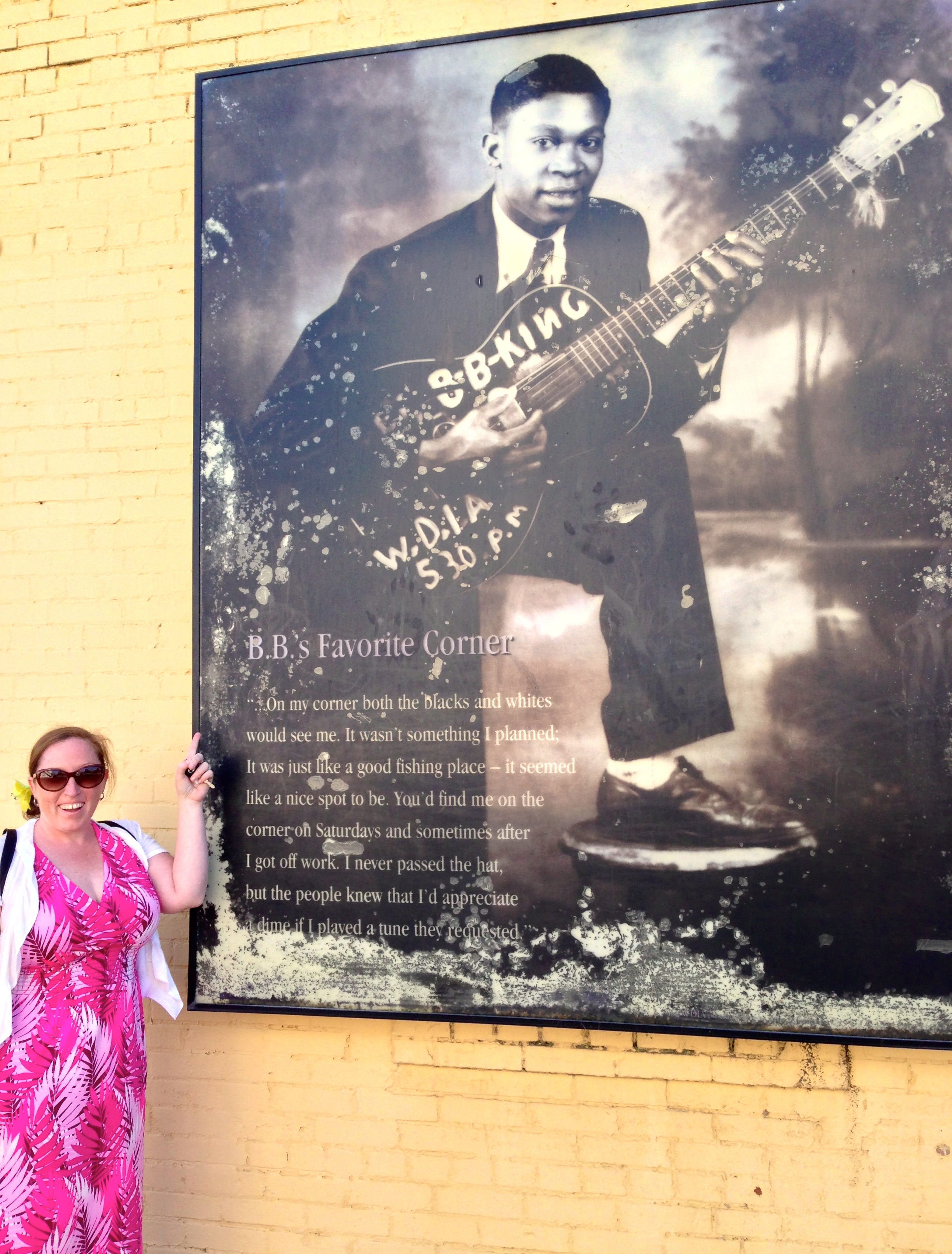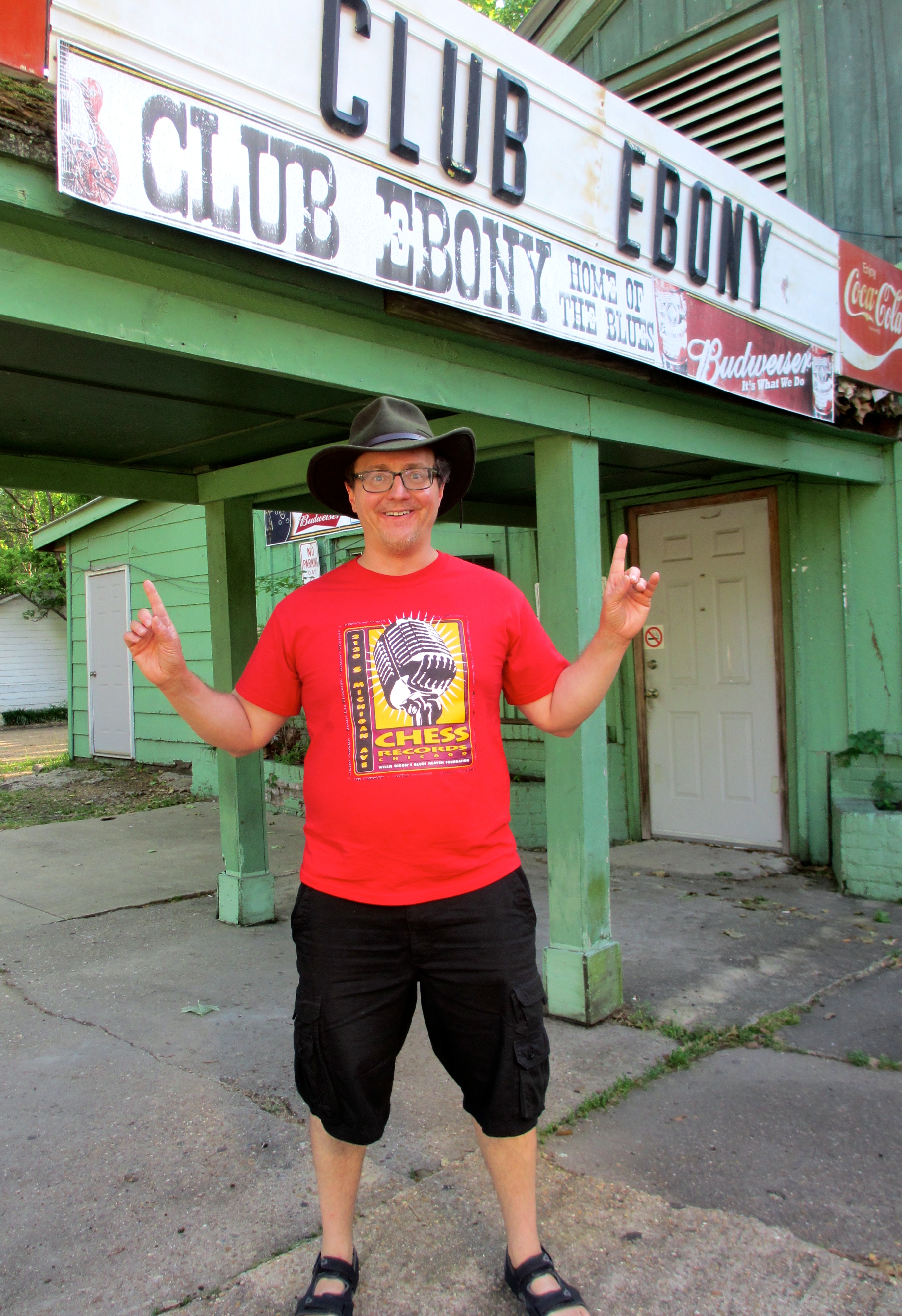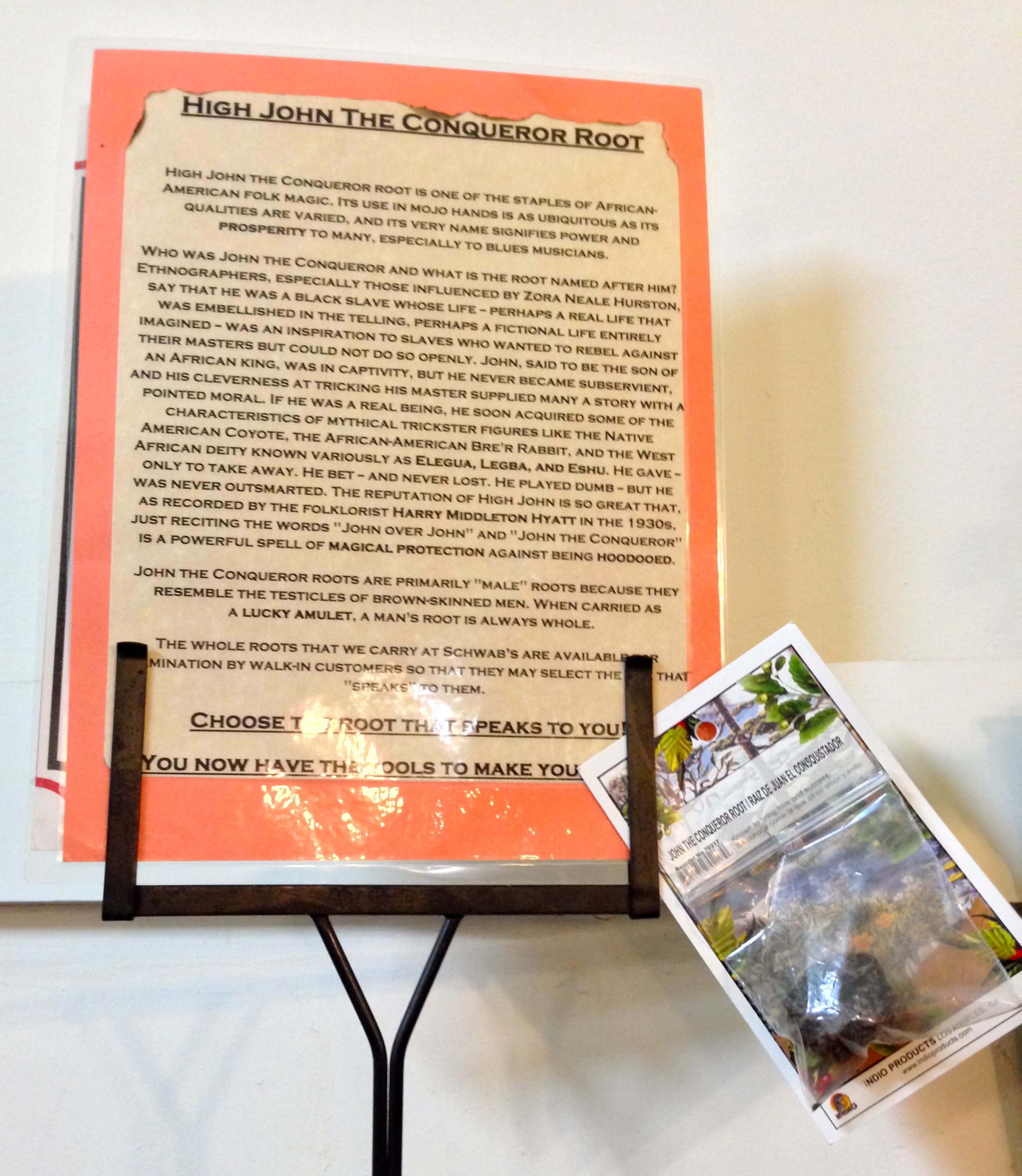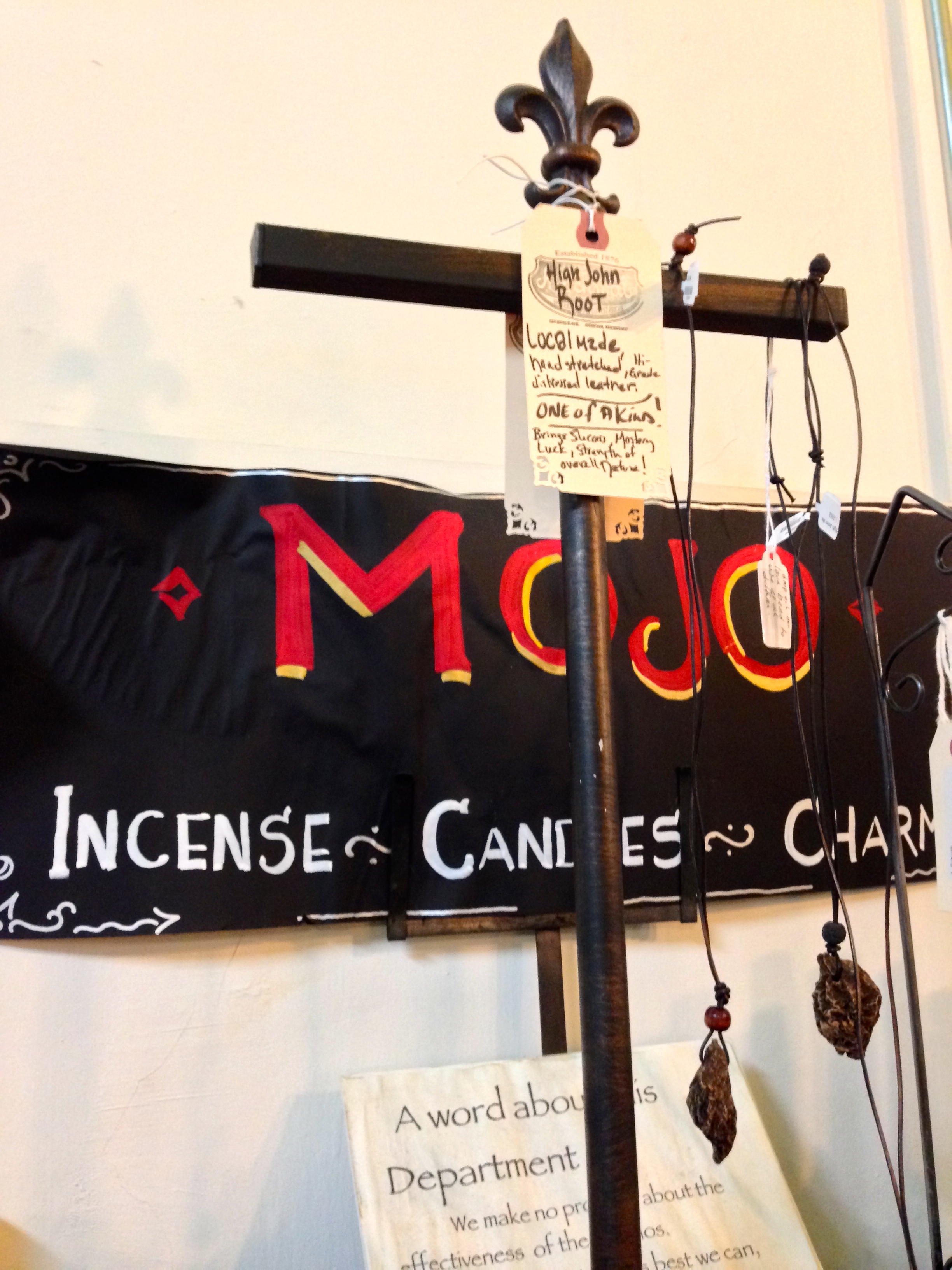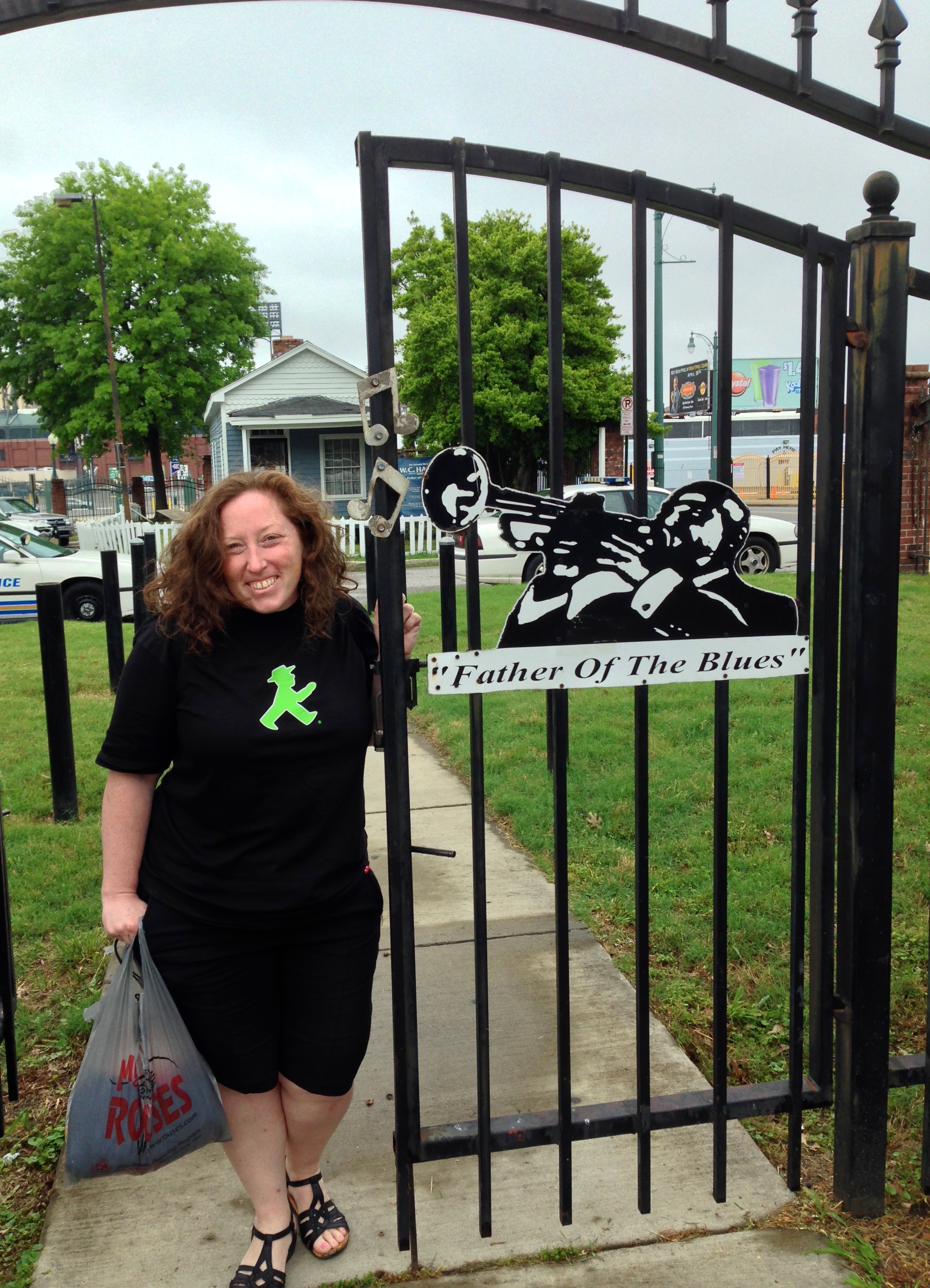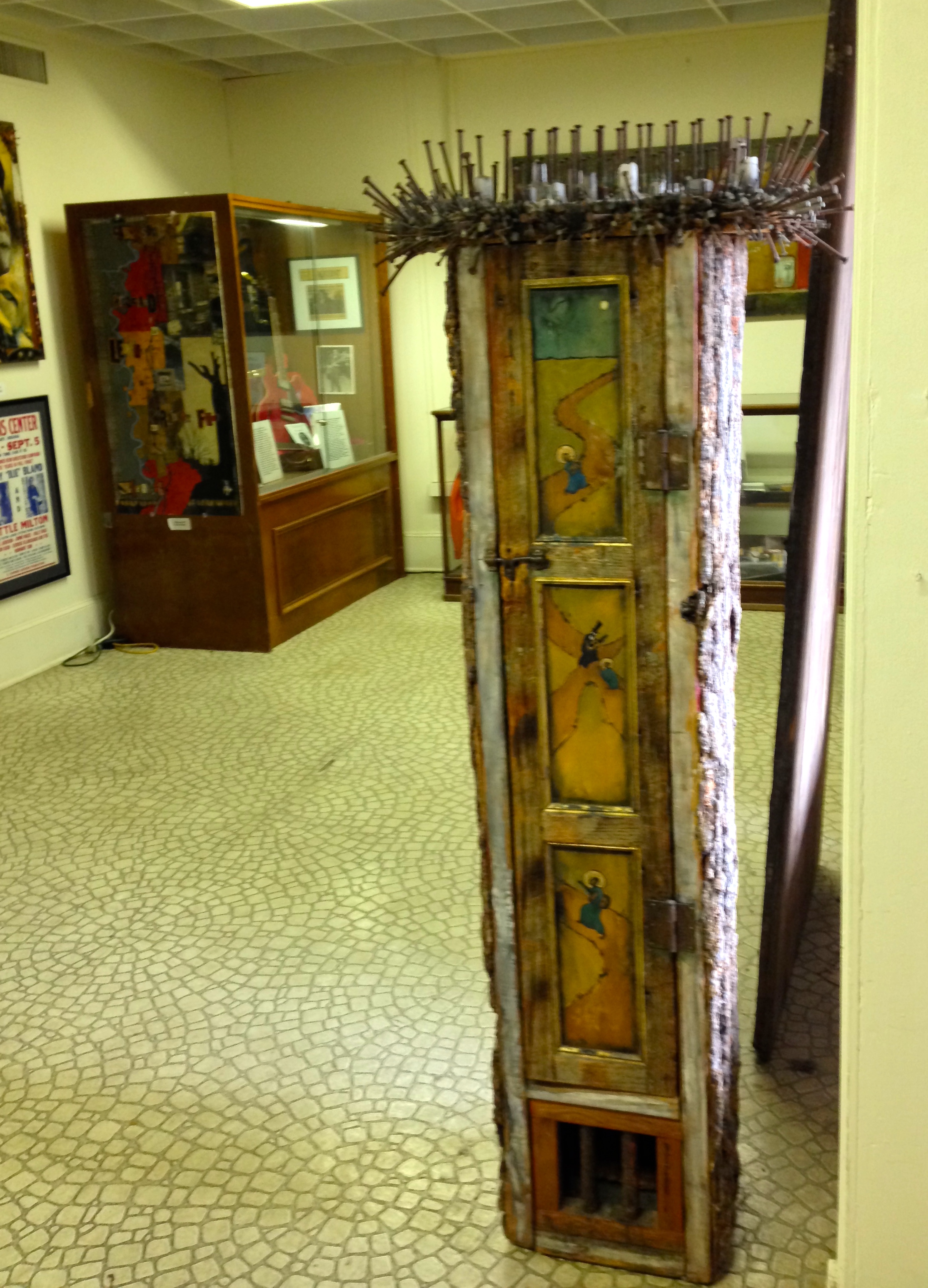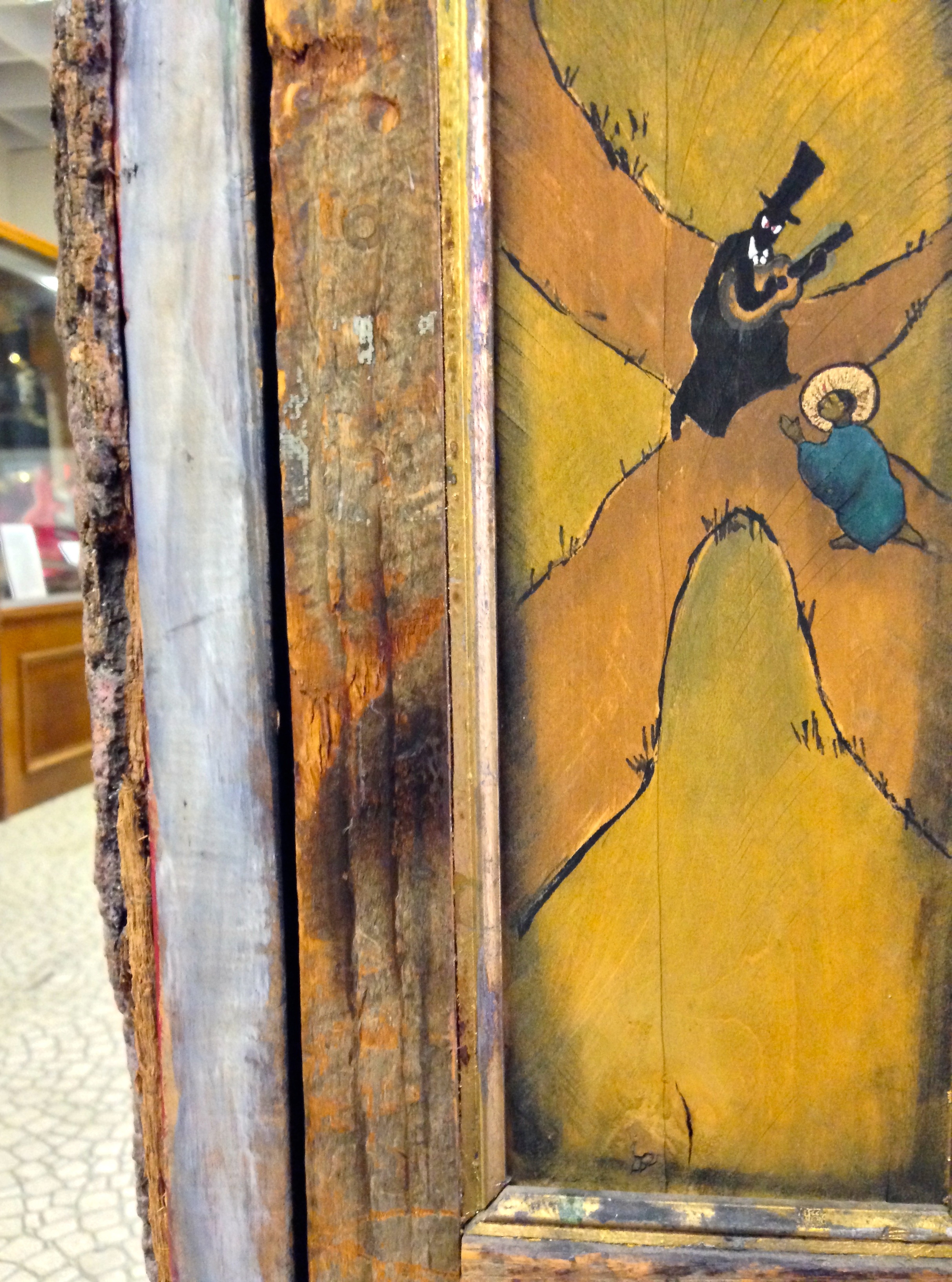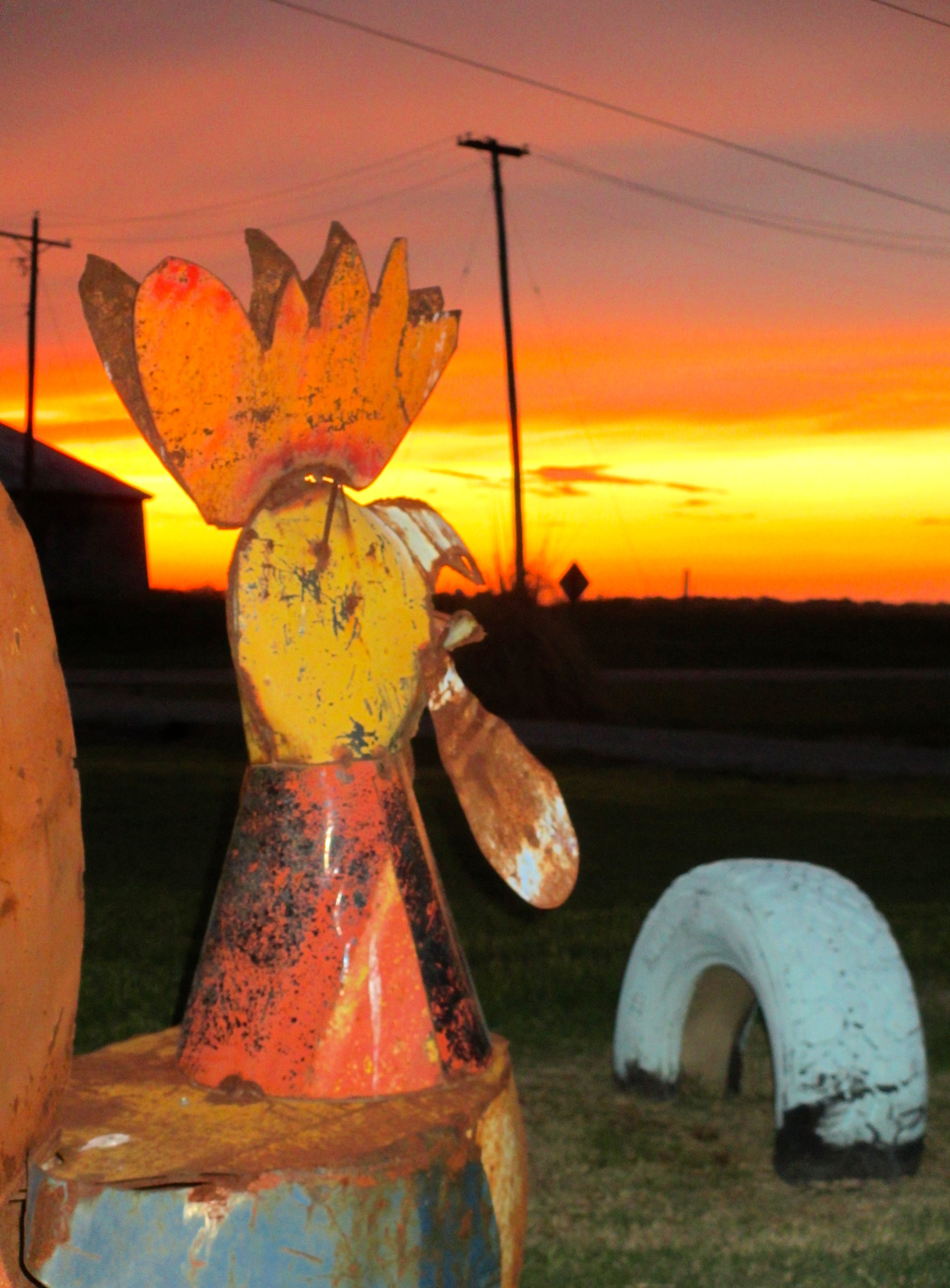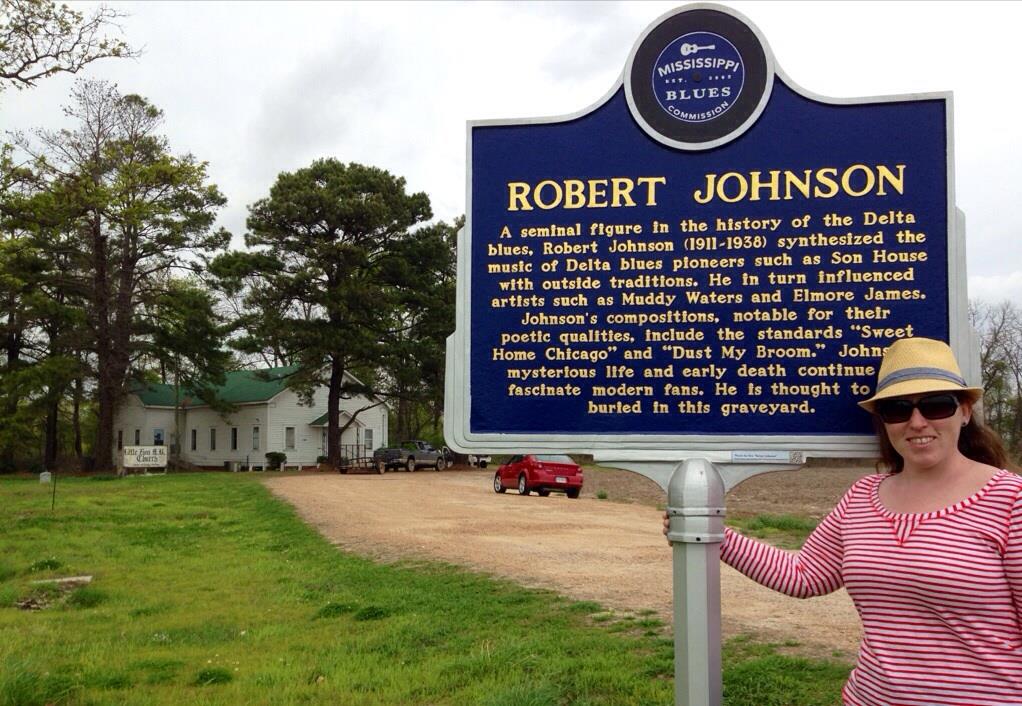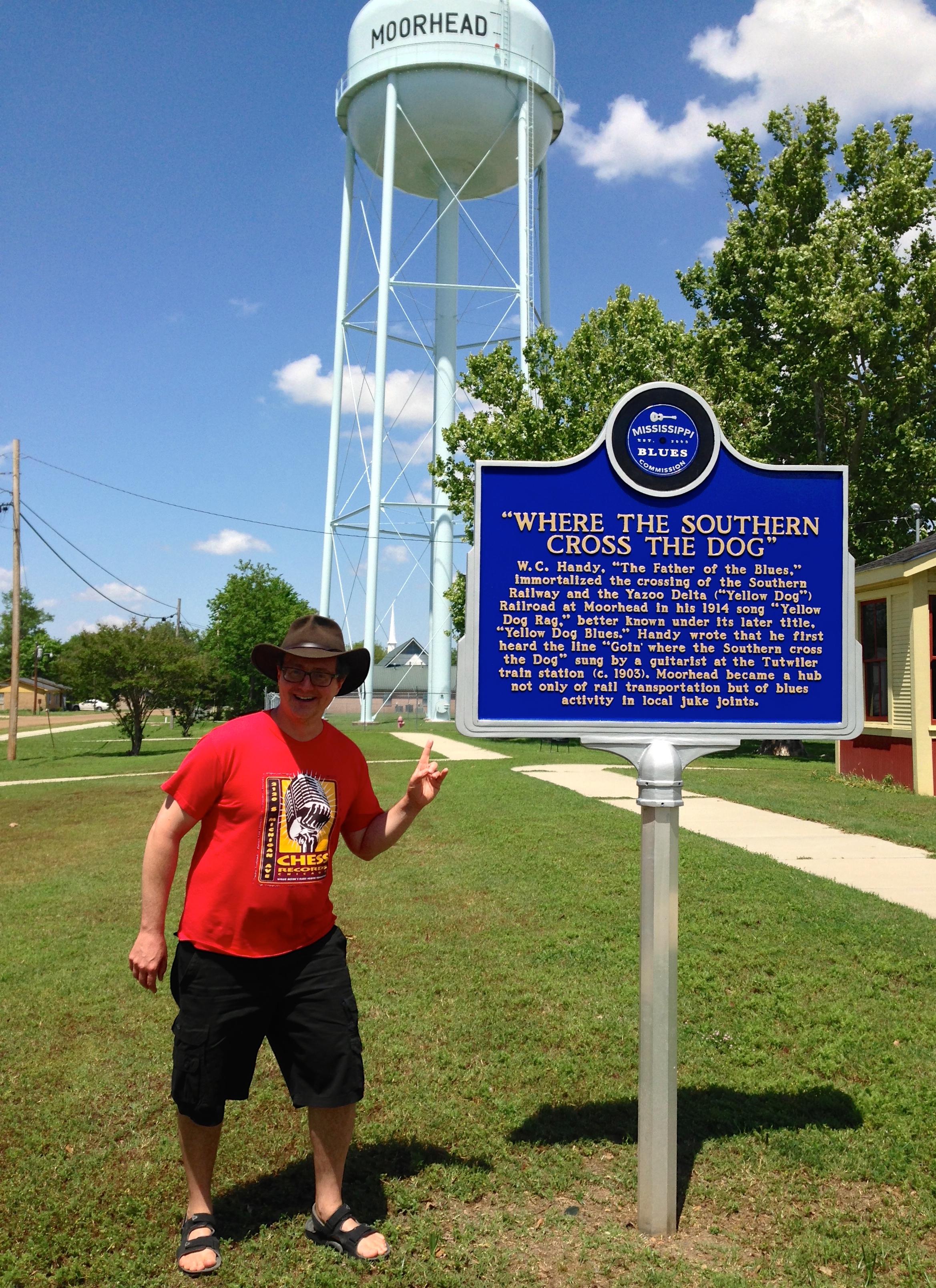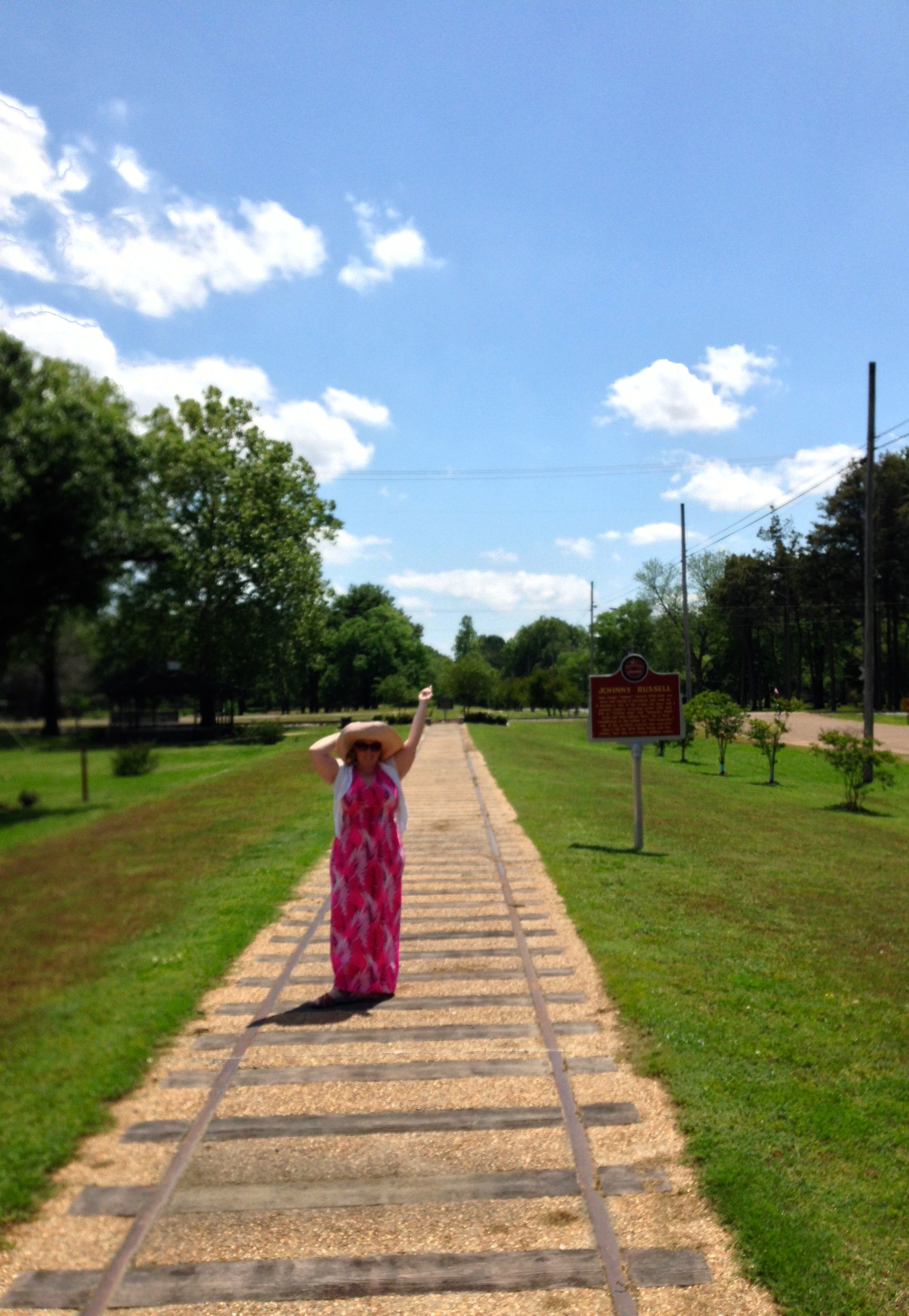Ah we're lonely, we're romantic
And the cider's laced with acid
And the Holy Spirit's crying, "Where's the beef?"
And the moon is swimming naked
And the summer night is fragrant
With a mighty expectation of relief
So we struggle and we stagger
Down the snakes and up the ladder
To the tower where the blessed hours chime
And I swear it happened just like this:
A sigh, a cry, a hungry kiss
The Gates of Love they budged an inch
I can't say much has happened since
But closing time
--Leonard Cohen, "Closing Time"
To ensure our steps would always rhyme with Leonard Cohen's on our visit to Montreal last July, Karolyn and I drew on a few key articles. Rose Maura Lorre's Exploring the Montreal That Leonard Cohen Loved, in the New York Times, inspired the entire trip. T.F. Rigelhof's A Short Walk in Leonard Cohen's Westmount, on The Leonard Cohen Files site, led me to Leonard’s boyhood home.
First, though, we went looking for Our Lady of the Harbour, inspired, fittingly enough, by Our Lady Of The Harbour – The Montreal Church Embedded In Leonard Cohen’s Suzanne, a post by DrHGuy at the fine site Cohencentric: Leonard Cohen Considered. We found her down by the Old Port, along the St. Lawrence river. As she has since 1849, she was standing atop Chapelle Notre-Dame-de-Bon-Secours, the sailors' church.
She's on the harbourside, yet we first approached the chapel from the front. It's the first permanent church in Ville-Marie (the original name for Montreal), growing out of a congregation for women founded by Marguerite Bourgeoys, Montreal's first teacher, in 1657. The first version was established in 1678. It was rebuilt in 1773, after a fire.
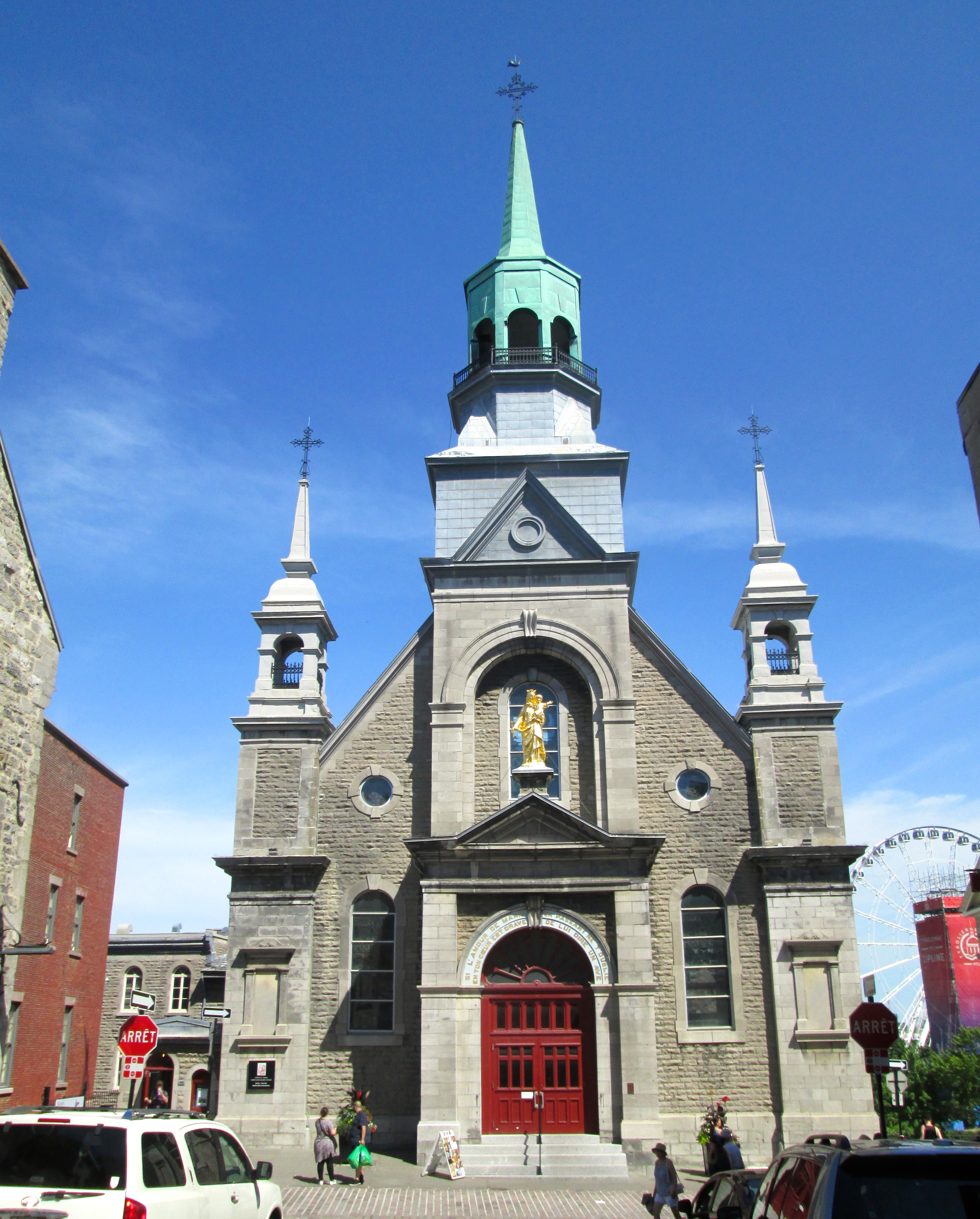
Inside, a chamber music group played, beautifully. Sitting and resonating, I imagined Leonard ducking in here, finding solace; an urban oasis in which to imagine Jesus as a sailor.

The chapel of "good help," this church is a beacon welcoming sailors in from the tumult of the seas. Sailors "left behind votive lamps in the shapes of ships in thanksgiving for safe passage," Lonely Planet explains.
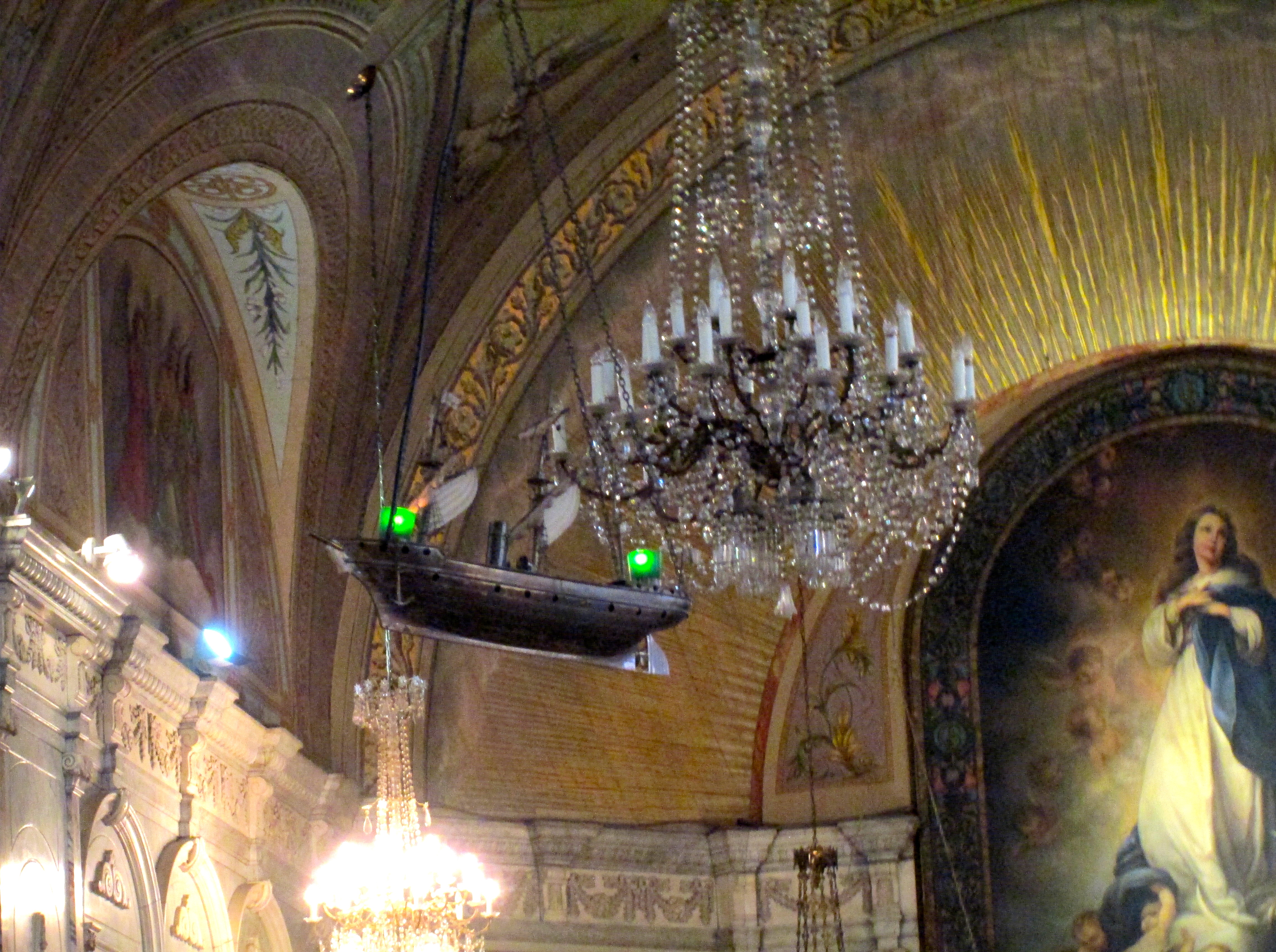
Outside, it got spiritual for me as we observed Our Lady, Mary, holding out her arms above the chapel. "And the sun pours down like honey on Our Lady of the harbour," Leonard sang in "Suzanne." It was even so on the sunny day we visited her.
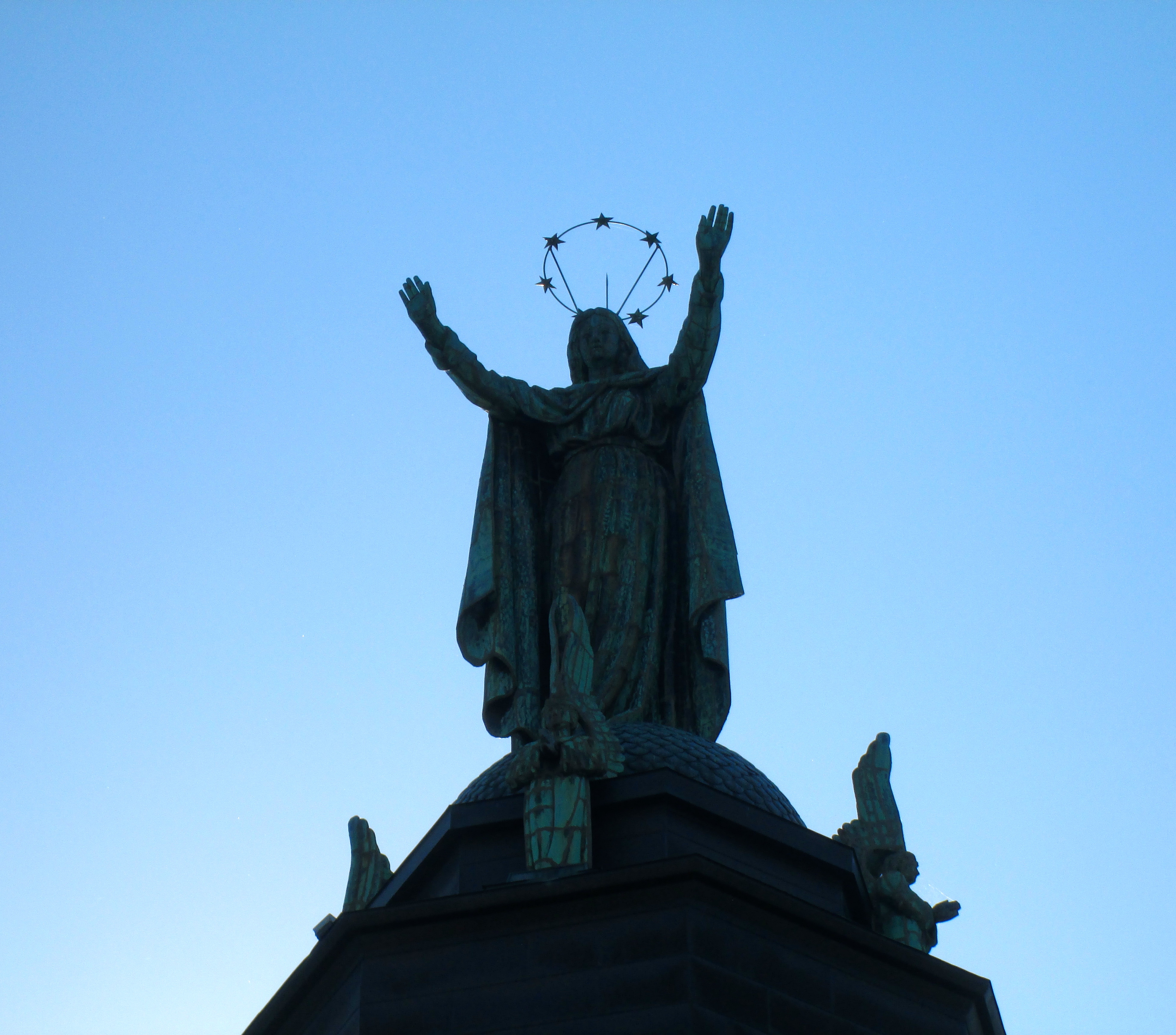
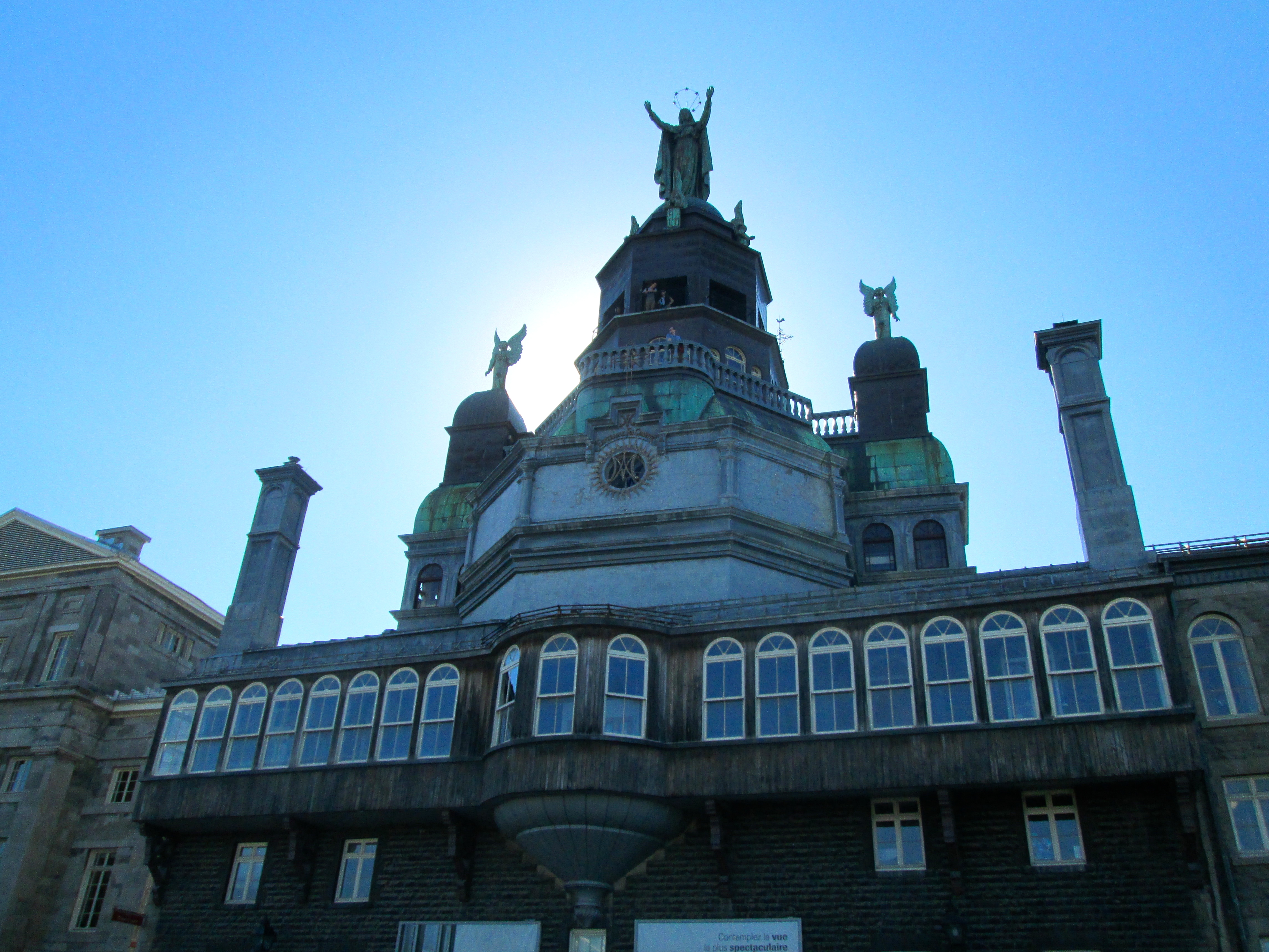
From the church's observation tower, we visited with angels standing watch over the Old Port. We left them to their perpetual watchfulness, beckoning sailors home.
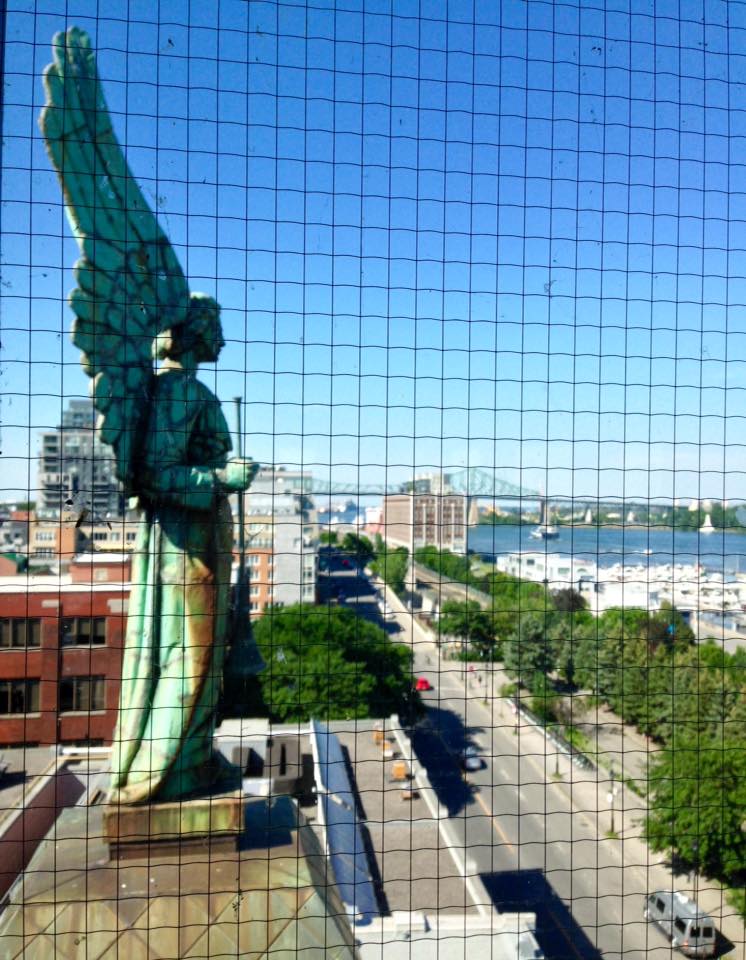
Leonard met Suzannne at an old waterfront building along Rue de la Commune in the Old Port. I like to imagine it was one of these.

Our apartment was in the treetops of a little leafy neighborhood in the Plateau Mont-Royal, on the eastern edge of beautiful, convivial Parc La Fontaine. It was within walking distance of Little Portugal, the neighborhood Leonard called home in later life.


In Rose Maura Lorre's article about Leonard's Little Portugal, the one that inspired our trip, she talks to neighbors who remember friendly chats with Leonard along The Main, "Montreal vernacular for Boulevard St.-Laurent, the Plateau’s cultural artery." He could often be found knocking about in Foamtreads slippers, purchased at venerable J. Schreter. As we walked up St.-Laurent, we spotted the man himself observing our progress from this mural, painted by Kevin Ledo.
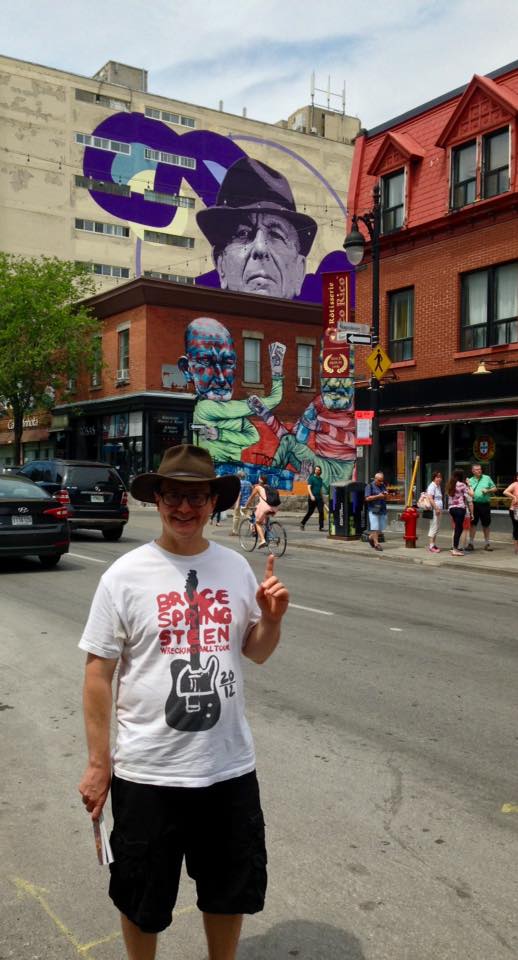
Those lingering in "pocket-size" Parc du Portugal could "once hear Leonard call out to them from across the way," writes Lorre. The park's dedicated to Montreal's Portuguese immigrant community, founded in 1953.
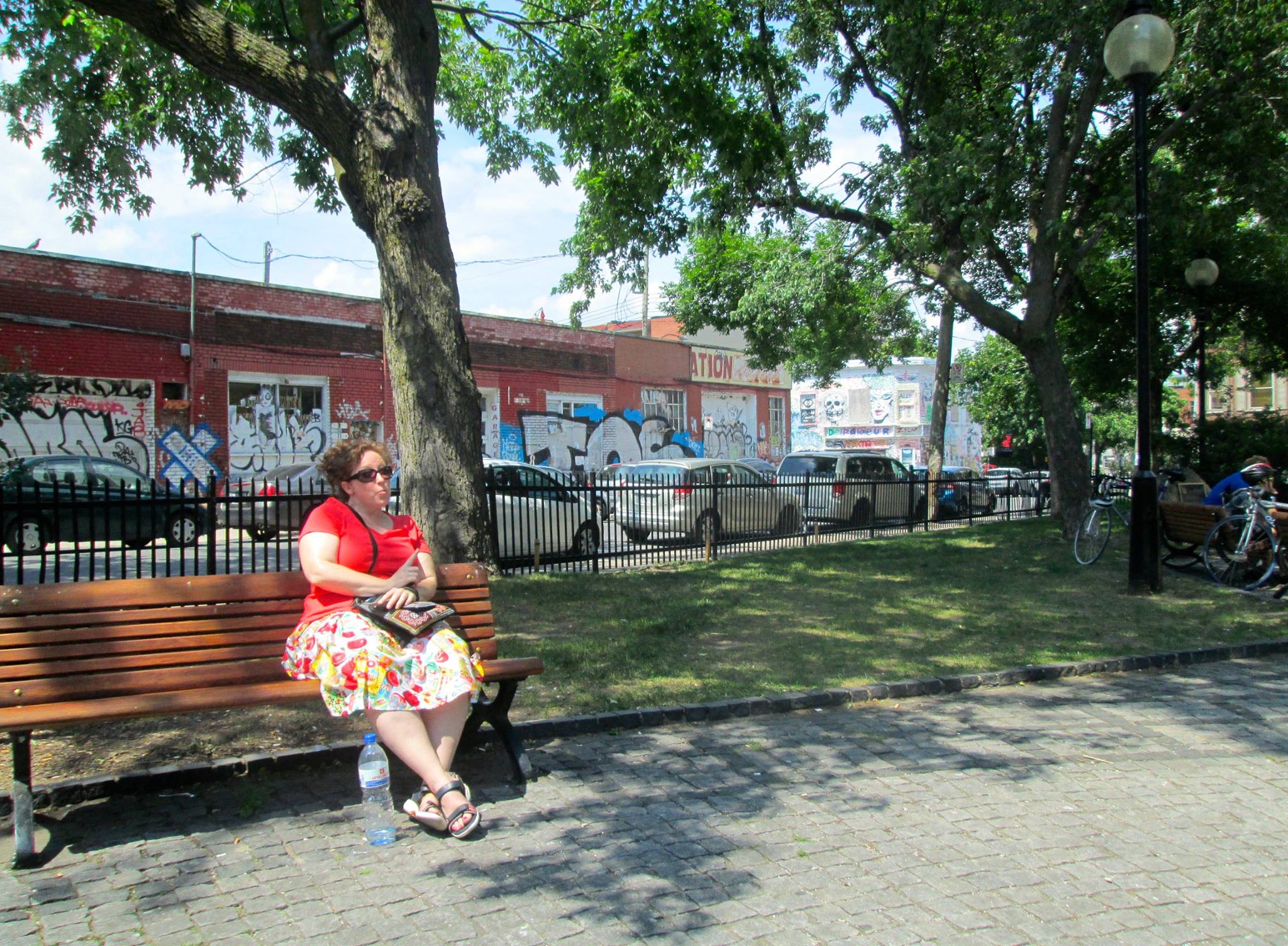
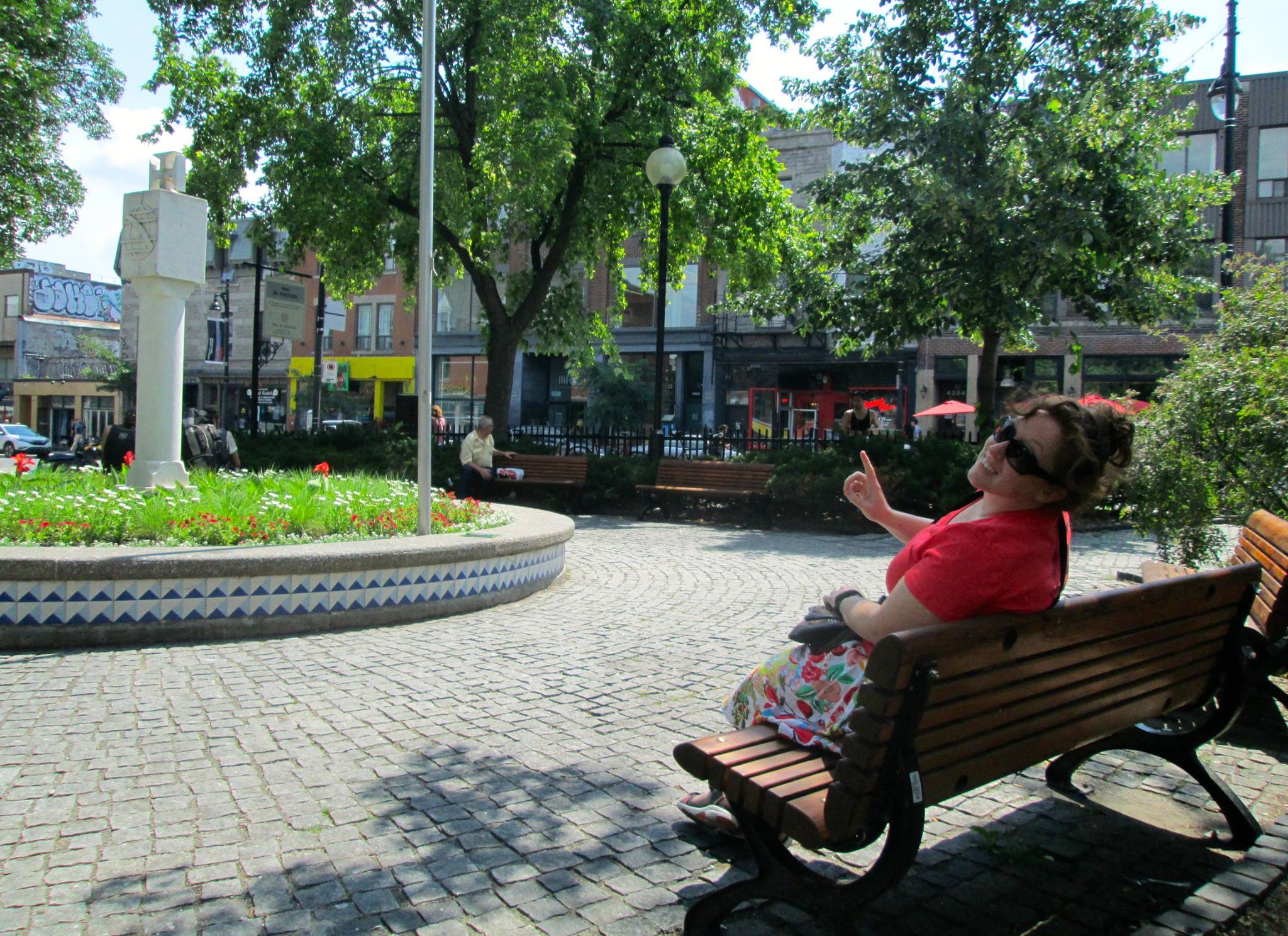
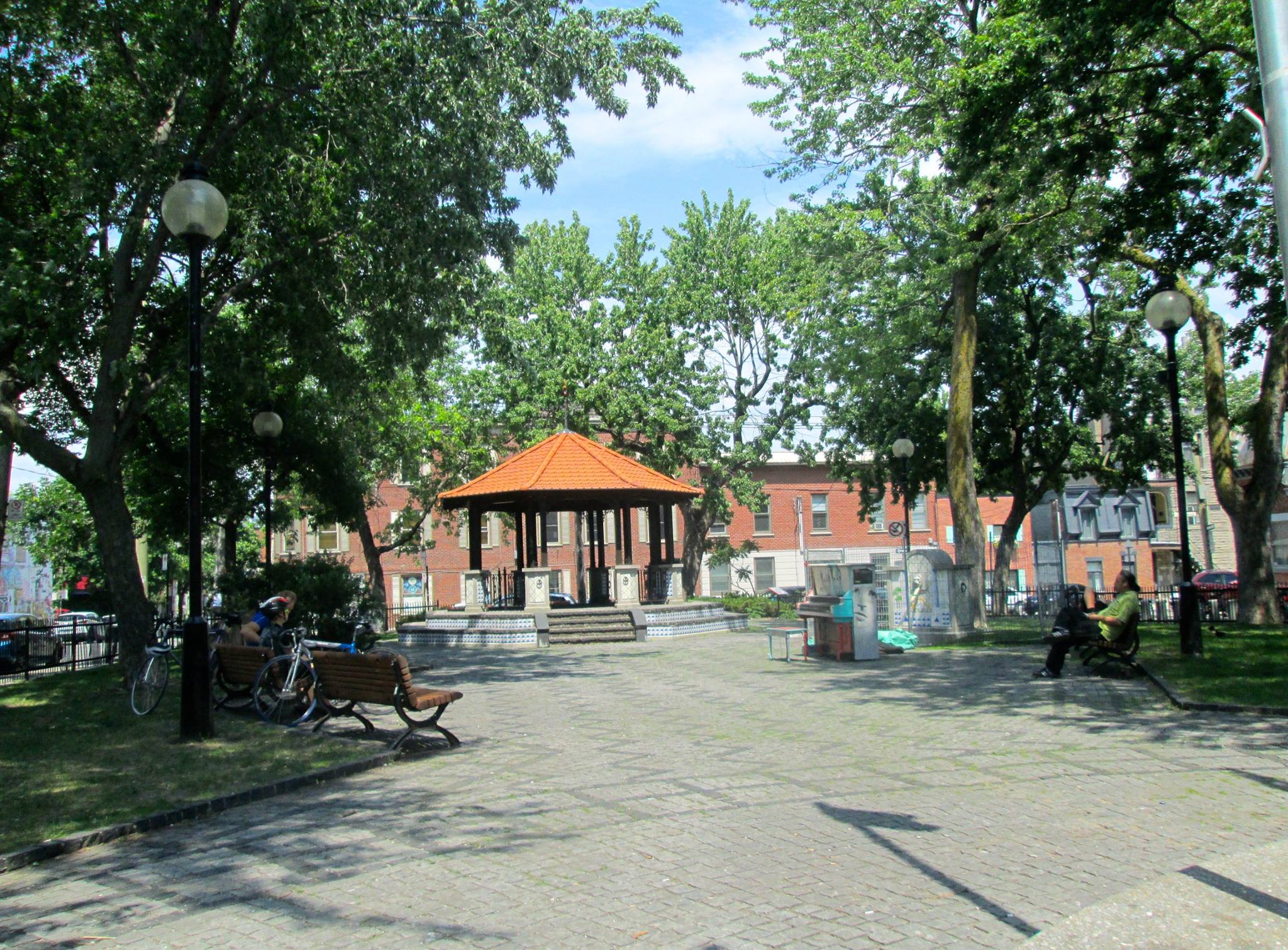
We stopped by Main Deli Steak House, in the words of Lorre a "scruffy Jewish deli [Leonard] famously frequented (a newspaper clipping is displayed near the door)."
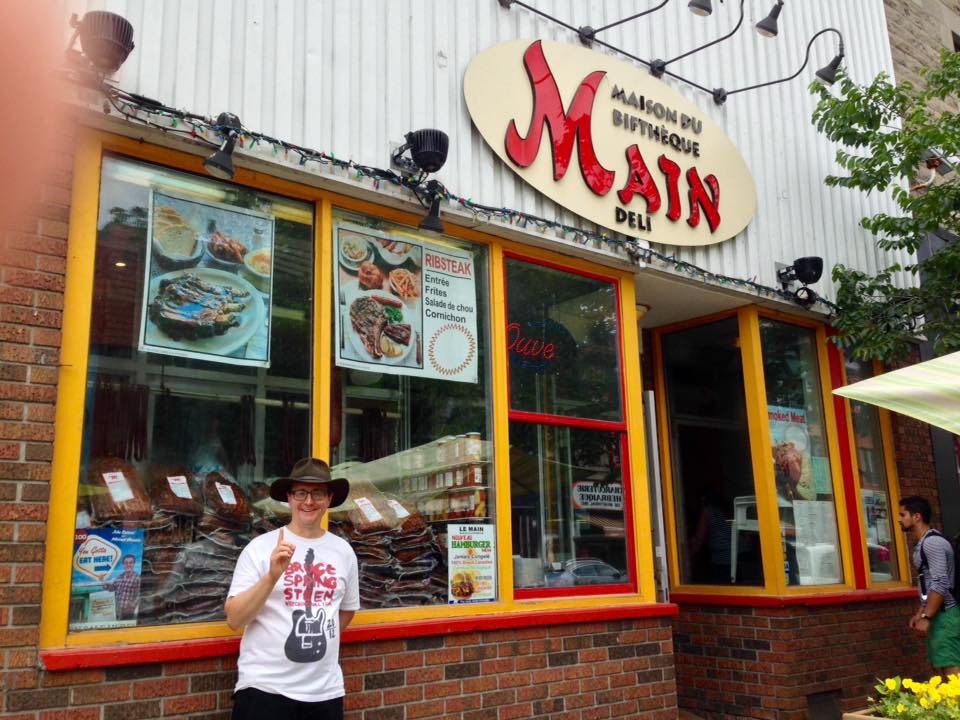
Funny: returning to the Main on her own another day, Karolyn actually ran into the photographer who took the pictures of Leonard in the above-mentioned newspaper clipping (to her right in the picture below, bottom middle), circa '88 (the "I'm Your Man" era). He told her, everything you hear about Leonard being such a wonderful man—well, double that.
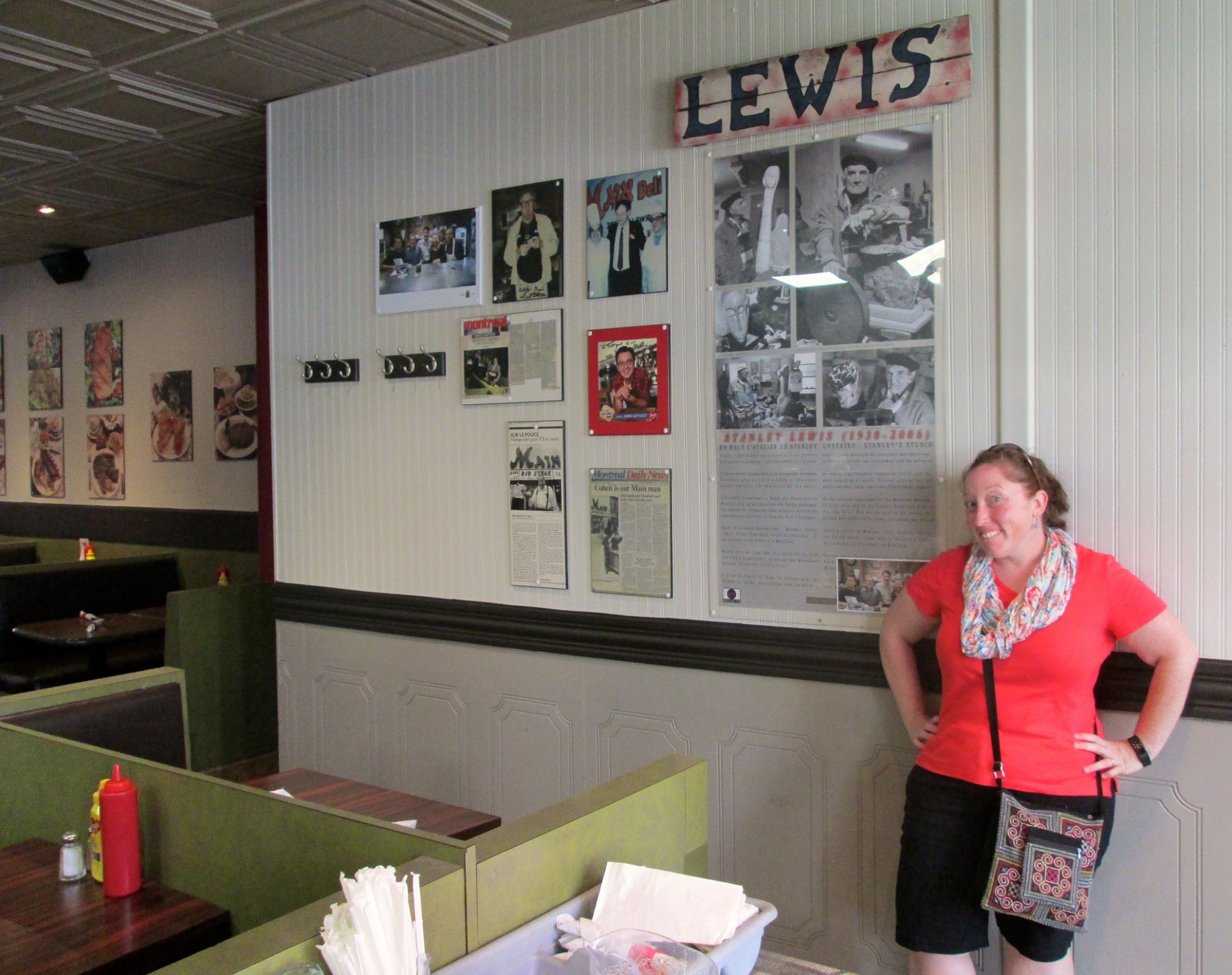
We stopped by Les Anges Gourmets, Leonard's favorite patisserie. "Like many Little Portugal mainstays," writes Lorre, "Les Anges offers a cross-cultural array of goods, as renowned for its French patisserie as for its Portuguese egg custard tarts, pasteis de natas."
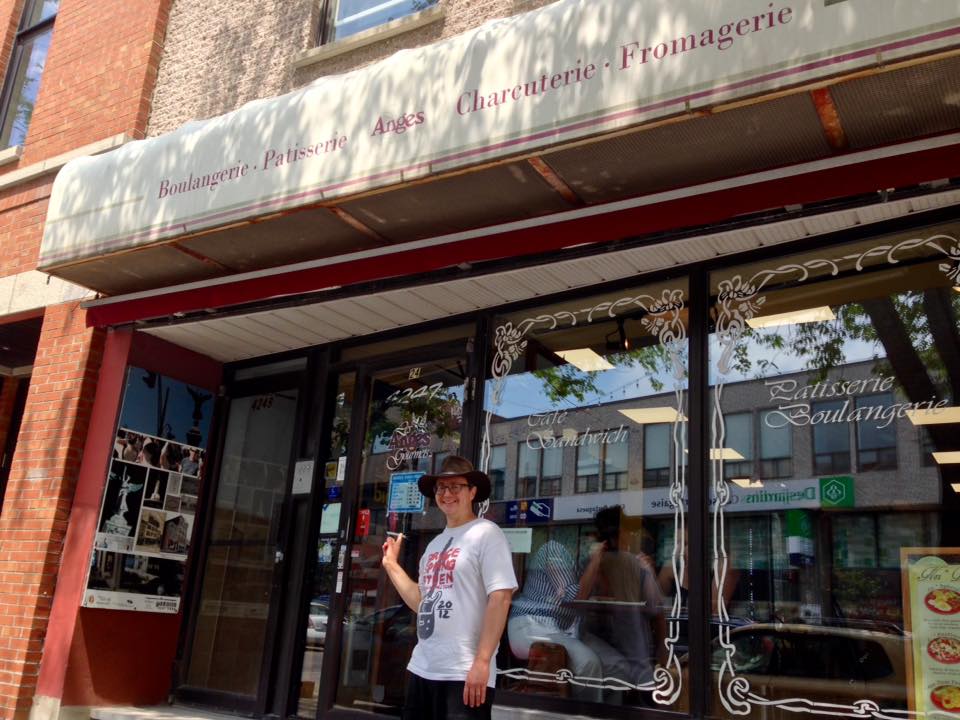
Of course, Karolyn and I had to try a pastel de nata for ourselves. Bites of pure happiness.
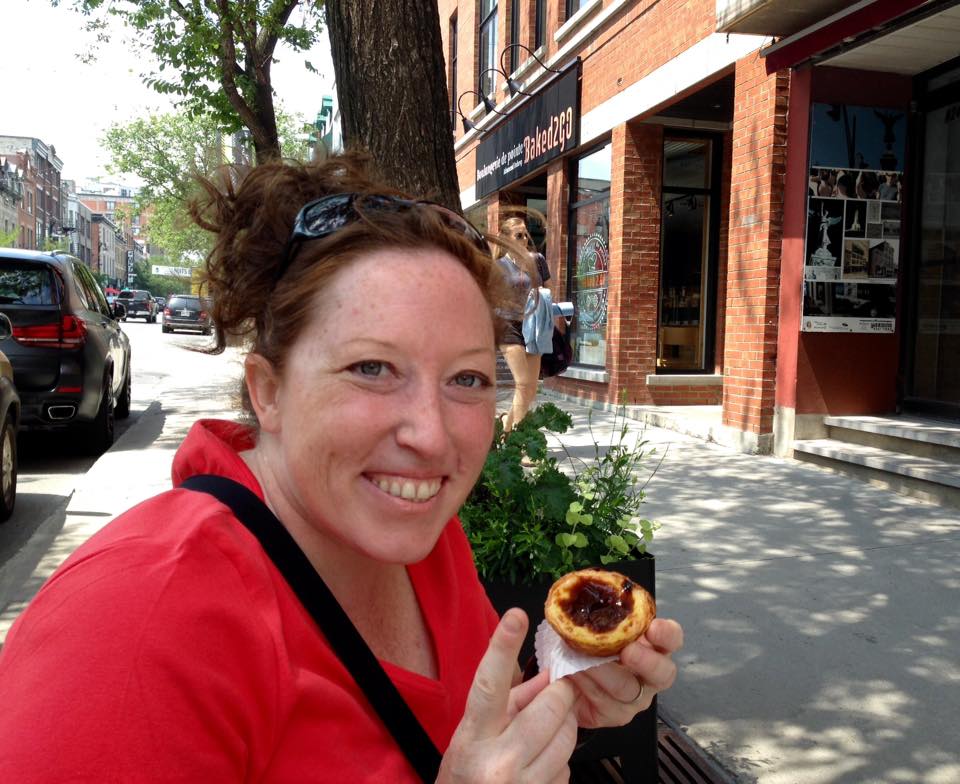
We stopped at 79-year-old Moishes Steak House, a "well-known establishment where Mr. Cohen dined several nights a week," per Lorre. Leonard loved to take friends here for lamb chops and red Bordeaux.

"Mr. Cohen’s days routinely began with a freshly pulled espresso at Bagel Etc., a 35-year-old diner and cafe," notes Lorre.

On another day, after much wandering and climbing up and over the mountain, we found Leonard resting at Congregation Shaar Hashomayin Cemetery, along the base of Mount Royal.


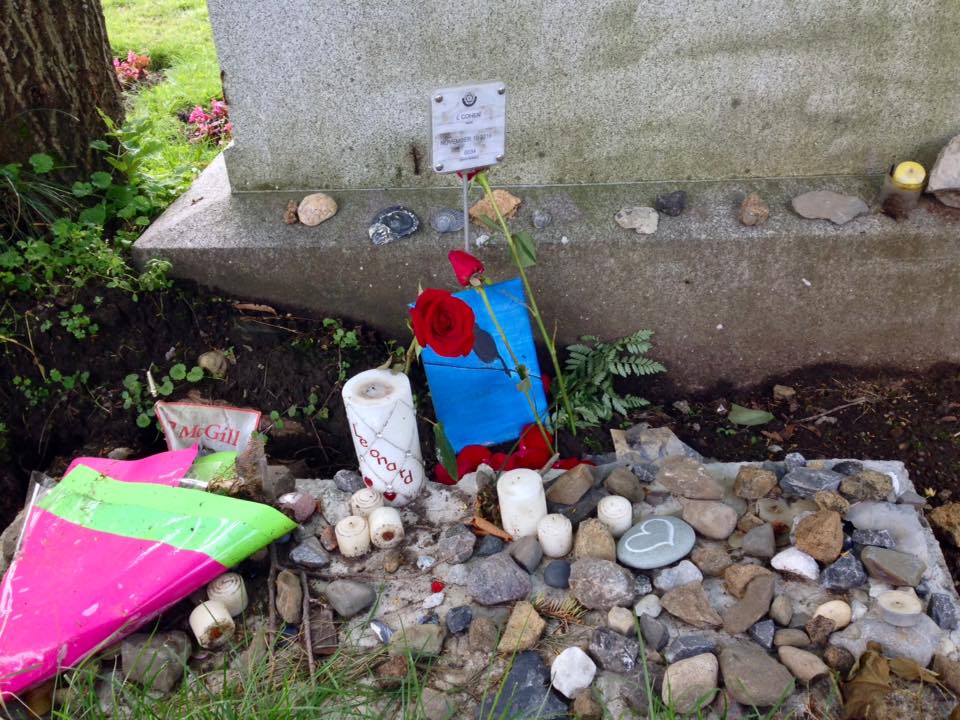
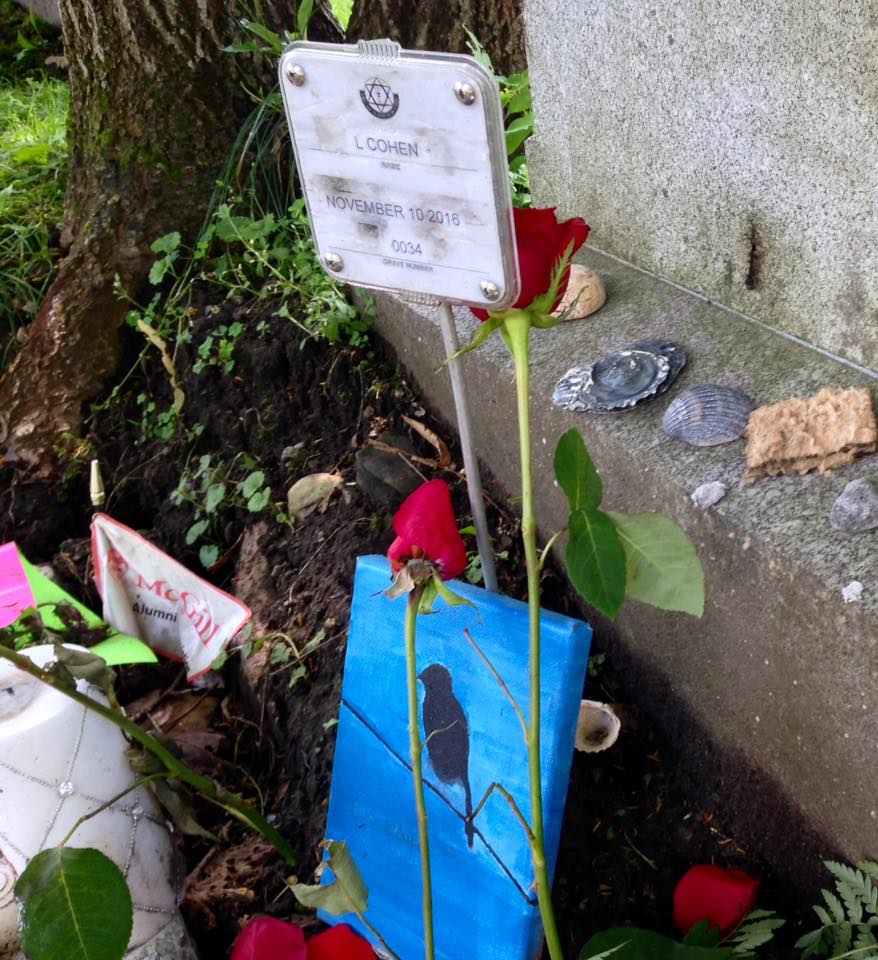
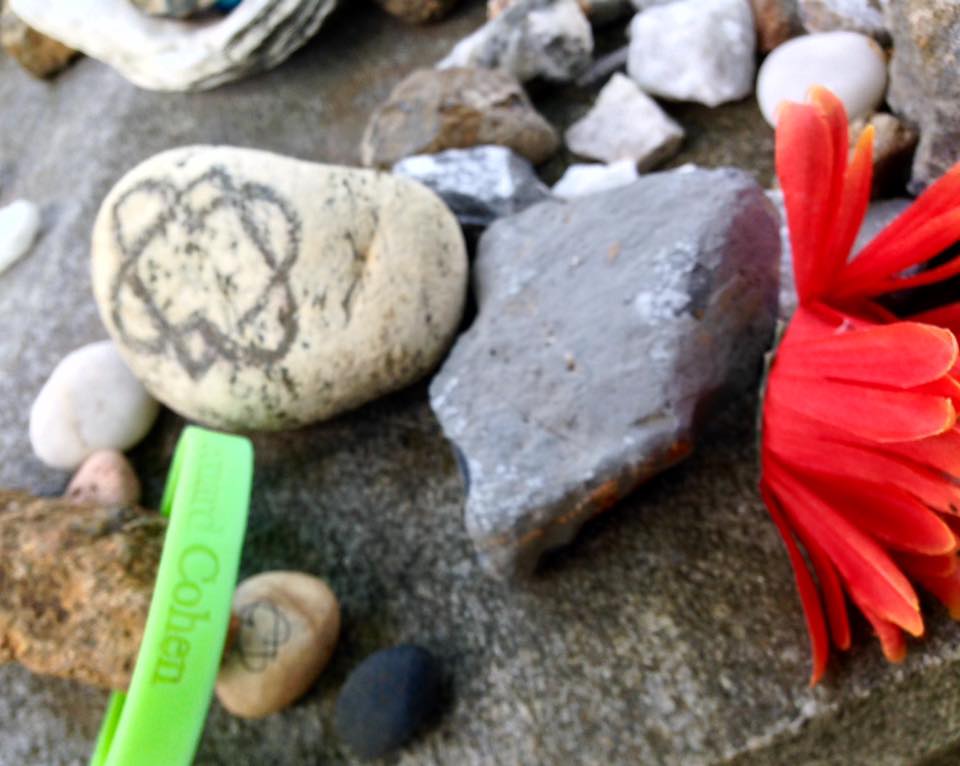
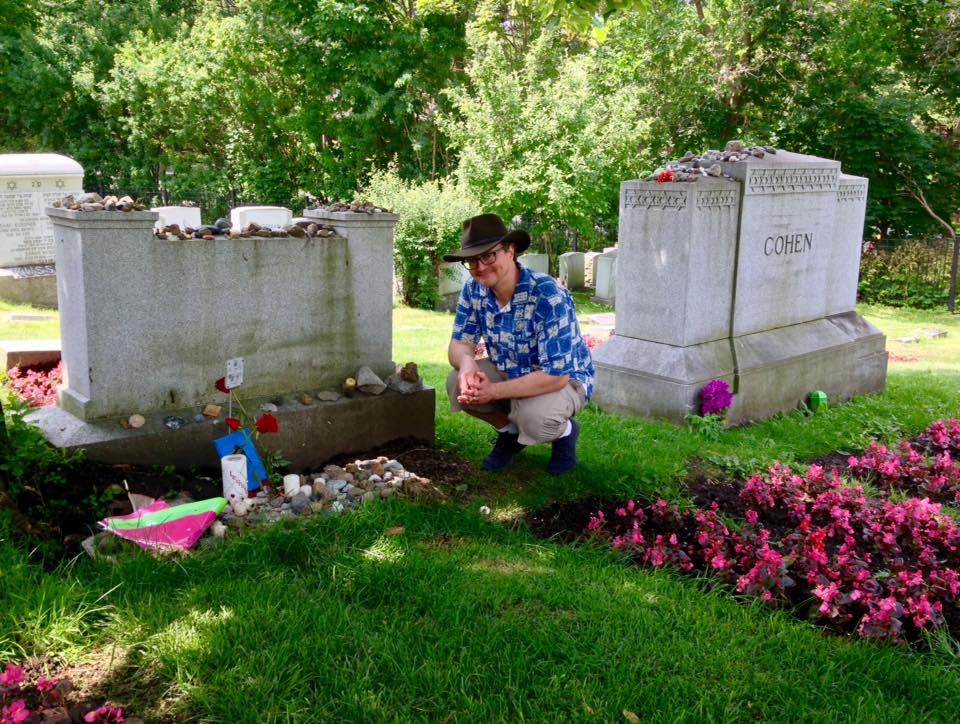
Later in the week, back at Bagel Etc., I had an allongé (tall expresso) for Leonard.
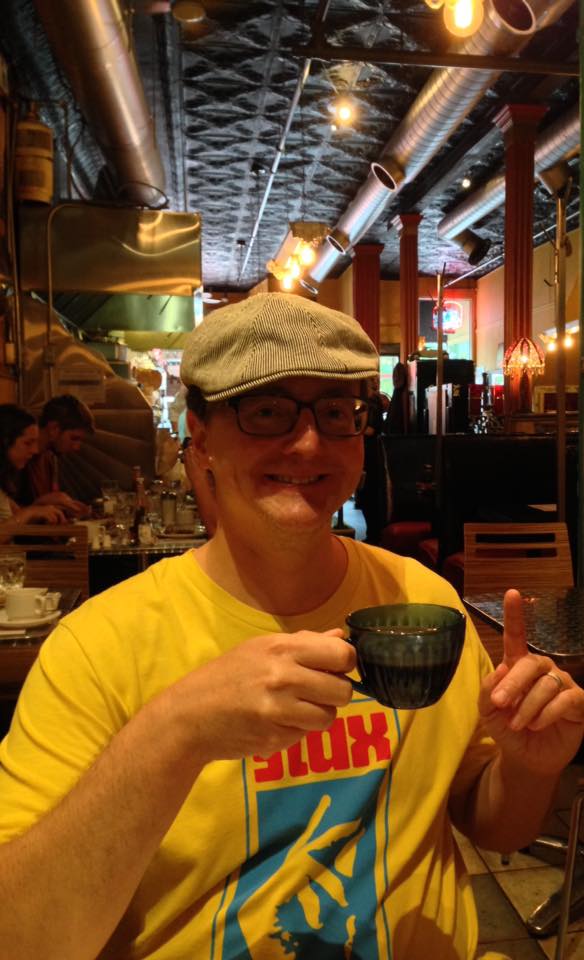
Leonard preferred to sit at a stool at this counter.
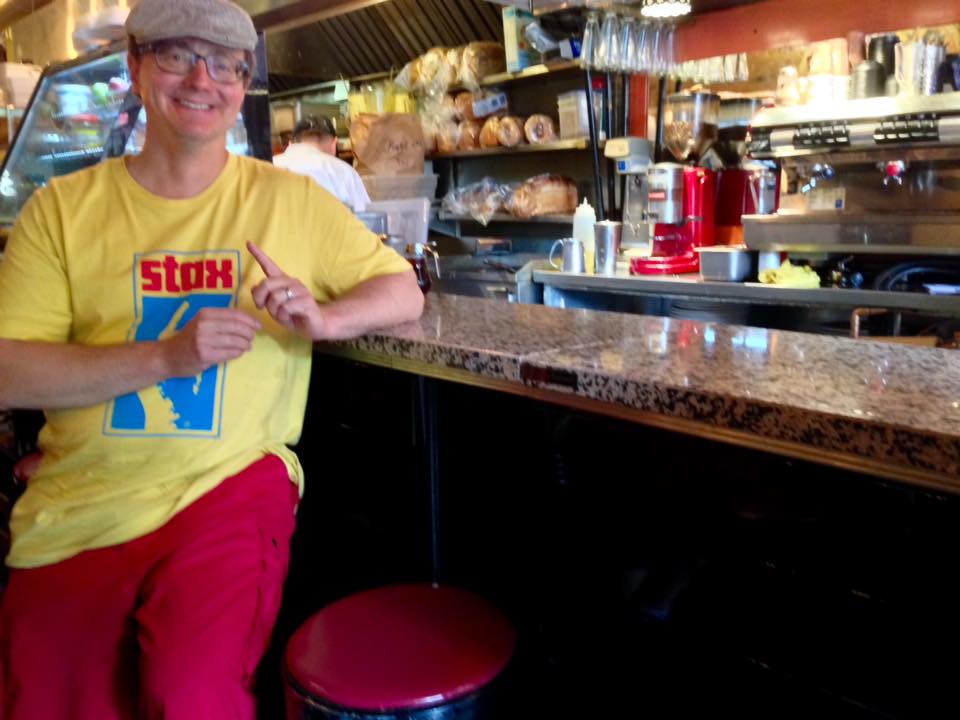
Lorre aptly describes Bagel Etc. as a place "where vintage mirrors, signage and art run amok on the brick walls."

And, after visiting with Leonard at Congregation Shaar Hashomayin, we returned to the Main deli, where he loved the "viande fumee" (smoked meat), in his honor—this time to eat.

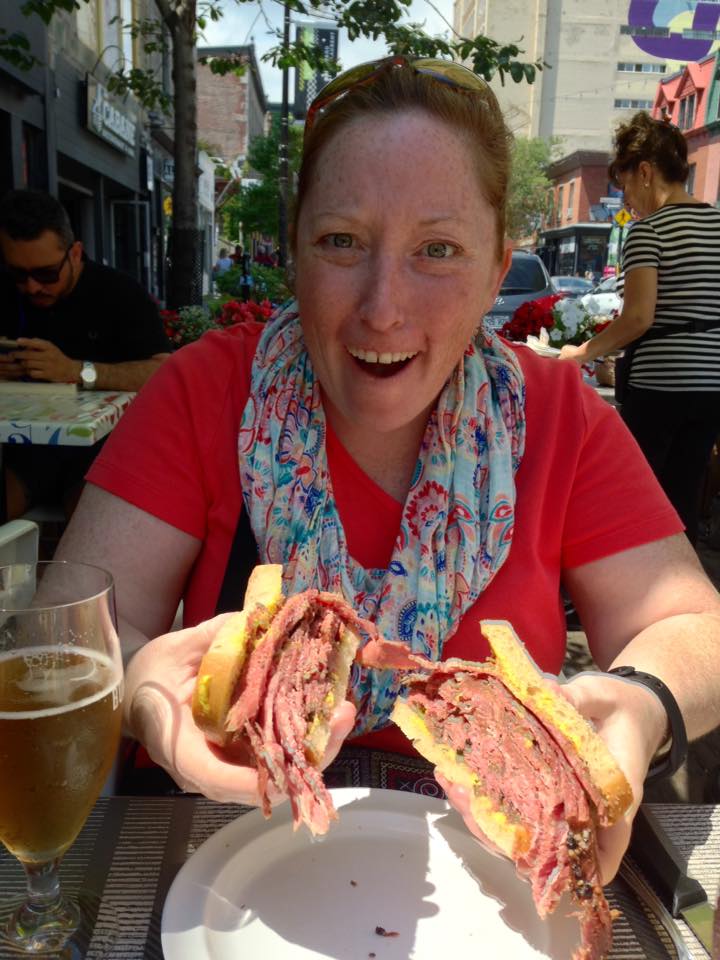
By the way, I'll pardon my readers if this story sounds too good to credit, but I'll tell it anyway. When we stopped by the Main deli that first time, a butterfly alighted on the window ledge. Karolyn told me, "that's Leonard." On the day we strolled through the cemetery, on our way to visit him, Karolyn said, wouldn't it be something if the butterfly was here? That instant, a butterfly flitted by, brushing her cheek.
My readers may say, well, presumably you saw lots of butterflies on your trip. Not so. Only these times, and then once more. (See below. "I swear it happened just like this," as the man himself might say).
I had one more thing I needed to do. I went back to Westmount, the neighborhood where Leonard grew up, out past Dawson College. After climbing Murray Hill, I found his boyhood home at 599 Belmont, using the T.F. Rigelhof article I mentioned above (A Short Walk in Leonard Cohen's Westmount).
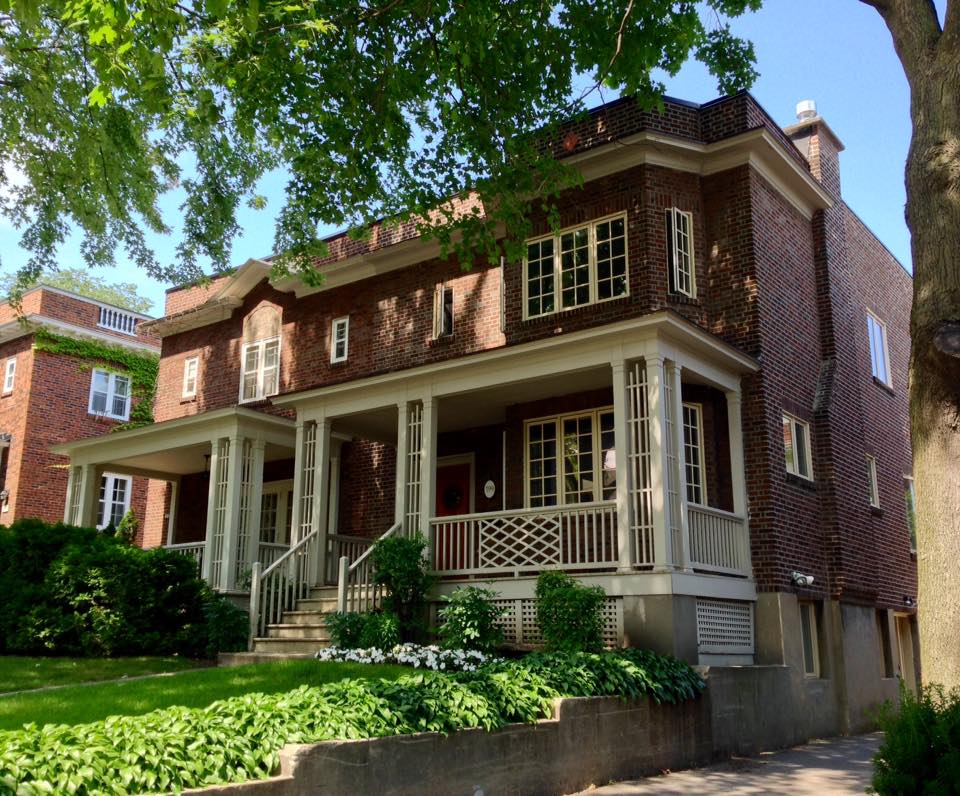
That's Leonard's bedroom window in the back, looking out over the city.
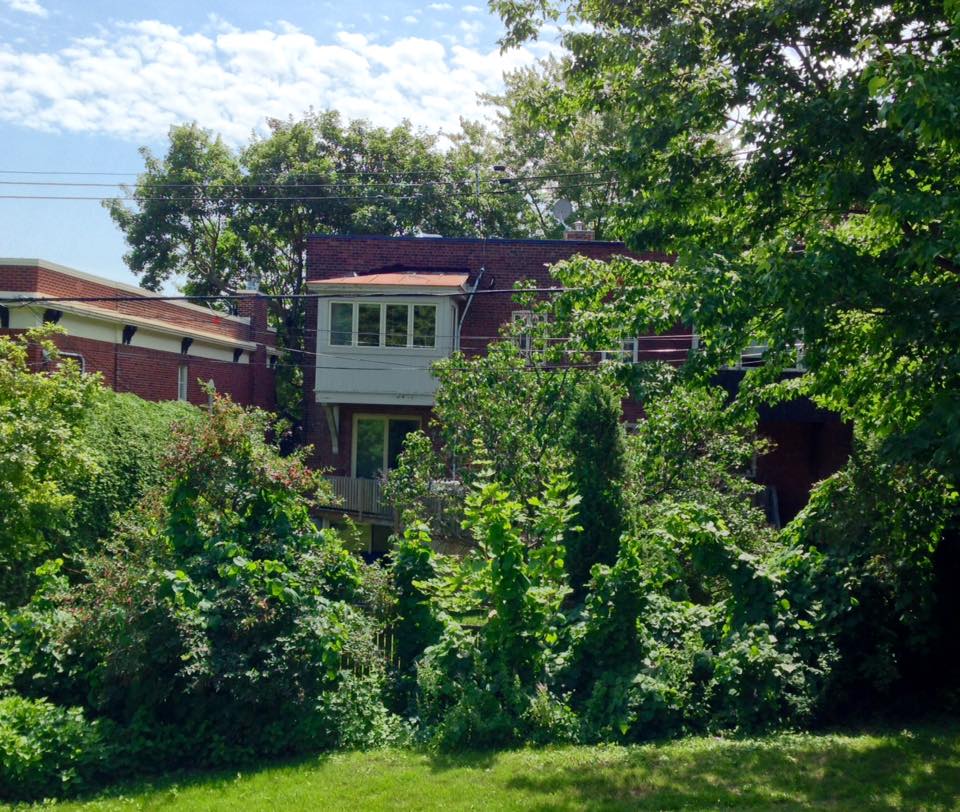
Sitting on a bench on Murray Hill, I took the picture above, and the one below. Looking out over the city, I thought about how this was the view Leonard had from his bedroom window as a boy. And you may say I gild the lily, but it's true: as I sat contemplating...a butterfly came flitting around me.

I got up and began to stroll back down the hill. Soon, I found myself sitting in a diner called Chez Nick in Westmount. The joint's been there since the 20s. It was almost empty. I sat at the counter and sipped a double espresso allongé.
Behind me in a booth sat a couple of very elderly ladies. They had finished their meal and asked the woman behind the counter to call them a cab, and they were trying to put the money together for the tab. "How much did you put in?" and "how much more do we owe?" was the conversation behind me for a good 5 to 10 minutes as I sipped my espresso. I was wearing the Leonard Cohen T-shirt Karolyn had dressed me in and I was lost in reflection.
Finally, the cab appeared and the old ladies were a bit flustered. (It seemed they hadn't wanted the cab to arrive quite SO soon, as the process of squaring accounts was one that could not be rushed. However, the waitress helped them get everything in order and there was satisfaction all around.)
On their way out, one lady turned to me and said, "that's a wonderful picture of Leonard on your shirt." Her face was very close to mine. She was hunched over and so wrinkled, but she had the biggest smile in the world, and she looked very happy. She conceded that, of course, all pictures of Leonard are good. I said, well thank you: he's one of my heroes.
She said, "I'm his cousin." As you might imagine, I was gobsmacked. "Of course," she added, "he was much younger." (Now, Leonard got to be 82 when he died!) The other lady stood smiling. I exclaimed, "I was just over at 599 Belmont!" "You were?" she replied. "I grew up at 603 Belmont!"
Well, I said it was my great honor to meet them, and that I loved Leonard. They made their way towards the door.
A gentlemen, one of the proprietors of Chez Nick, asked me the significance of that address (599 Belmont). I said, "that was Leonard Cohen's boyhood home." The lady with whom I'd spoken was already out the door, but the other stood lingering, listening with a big smile, and she nodded to him to confirm what I had said.
The waitress later told me that those ladies were regulars who'd been coming in for years and years, great customers, sisters in fact—and she had never known they were Leonard Cohen's cousins. She and another waitress agreed that the hunched-over sister was looking really good these days. Apparently, she was walking more uprightly than she had in some time.
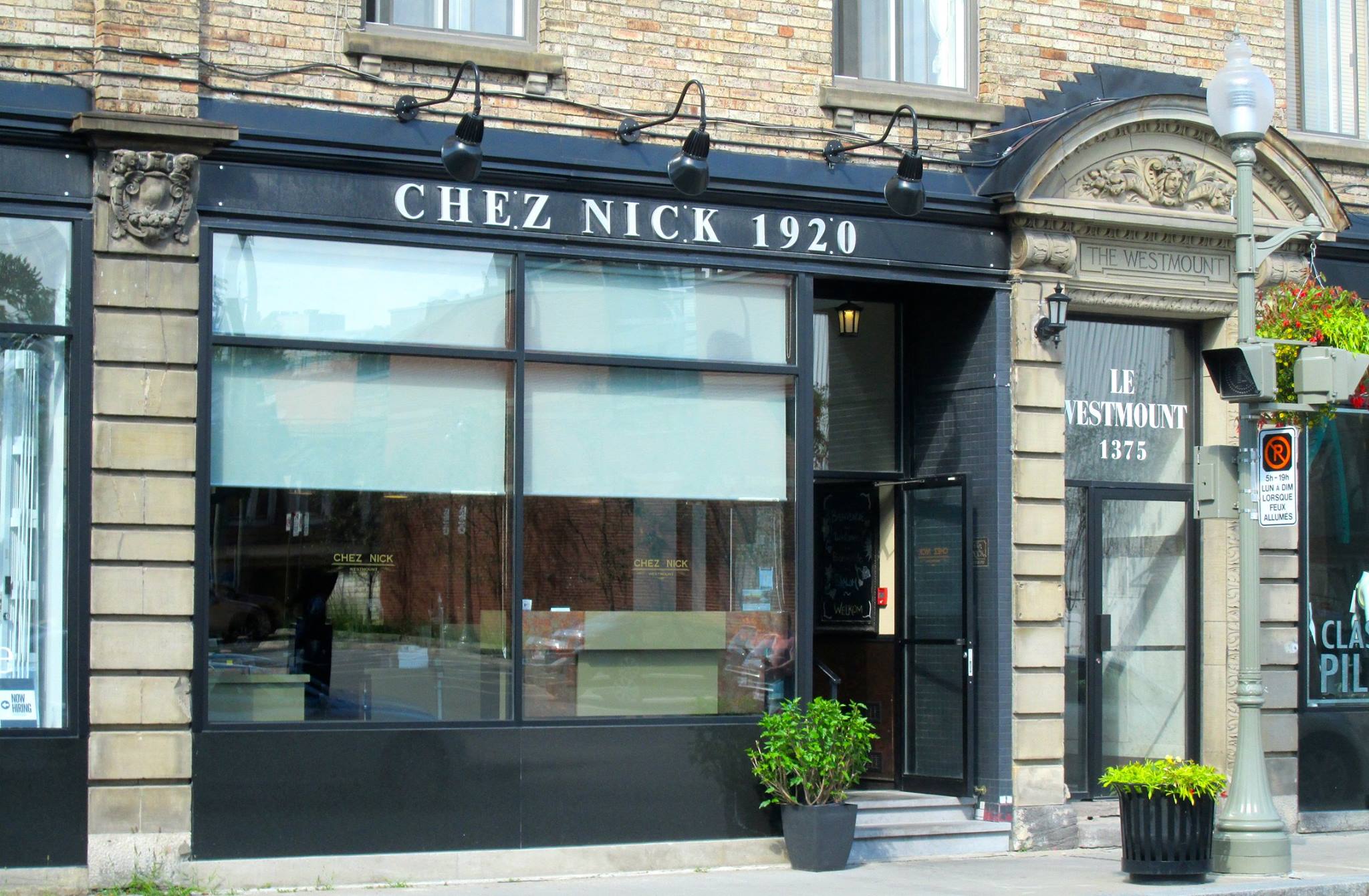
 Thursday, October 4, 2018 at 11:06AM
Thursday, October 4, 2018 at 11:06AM 